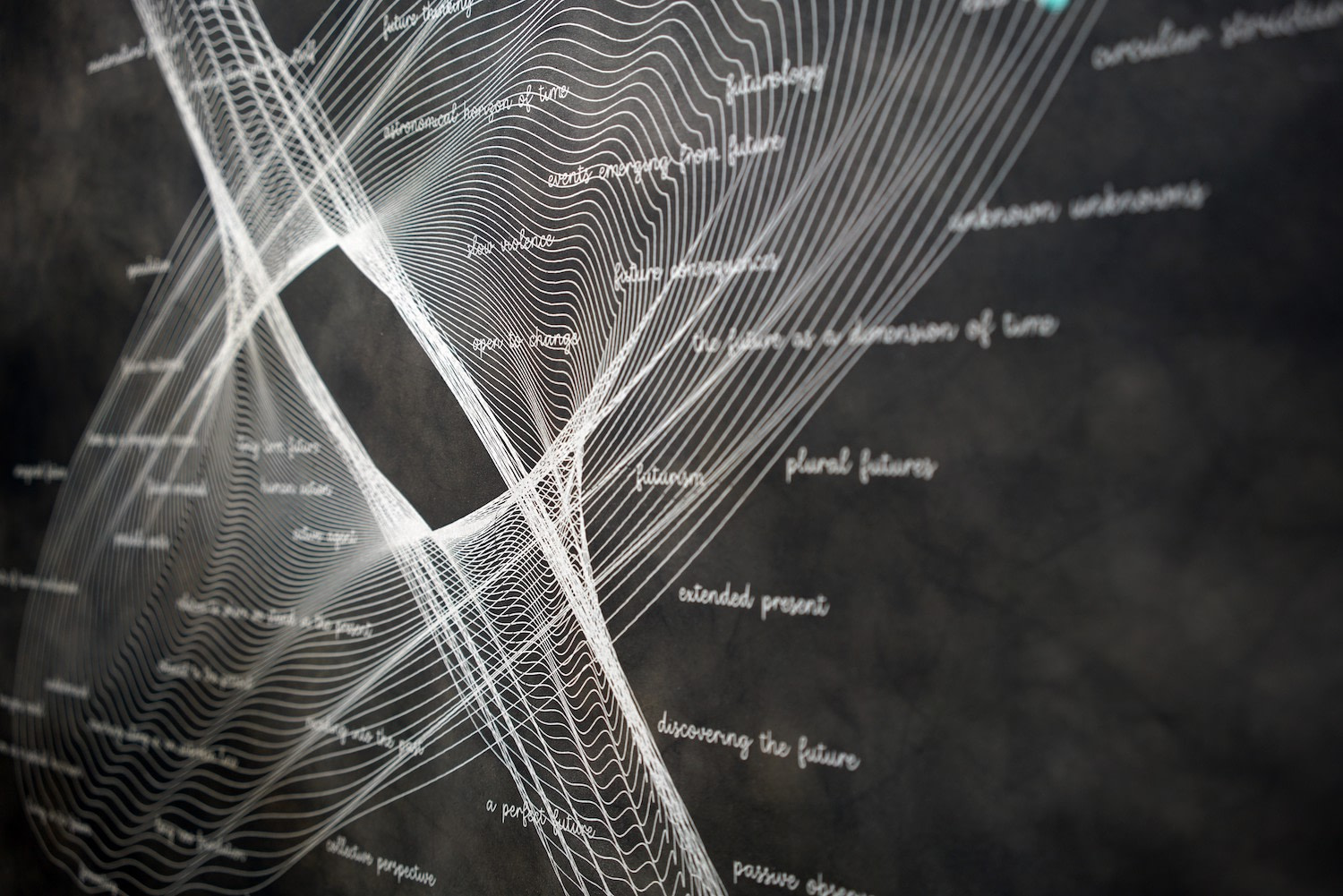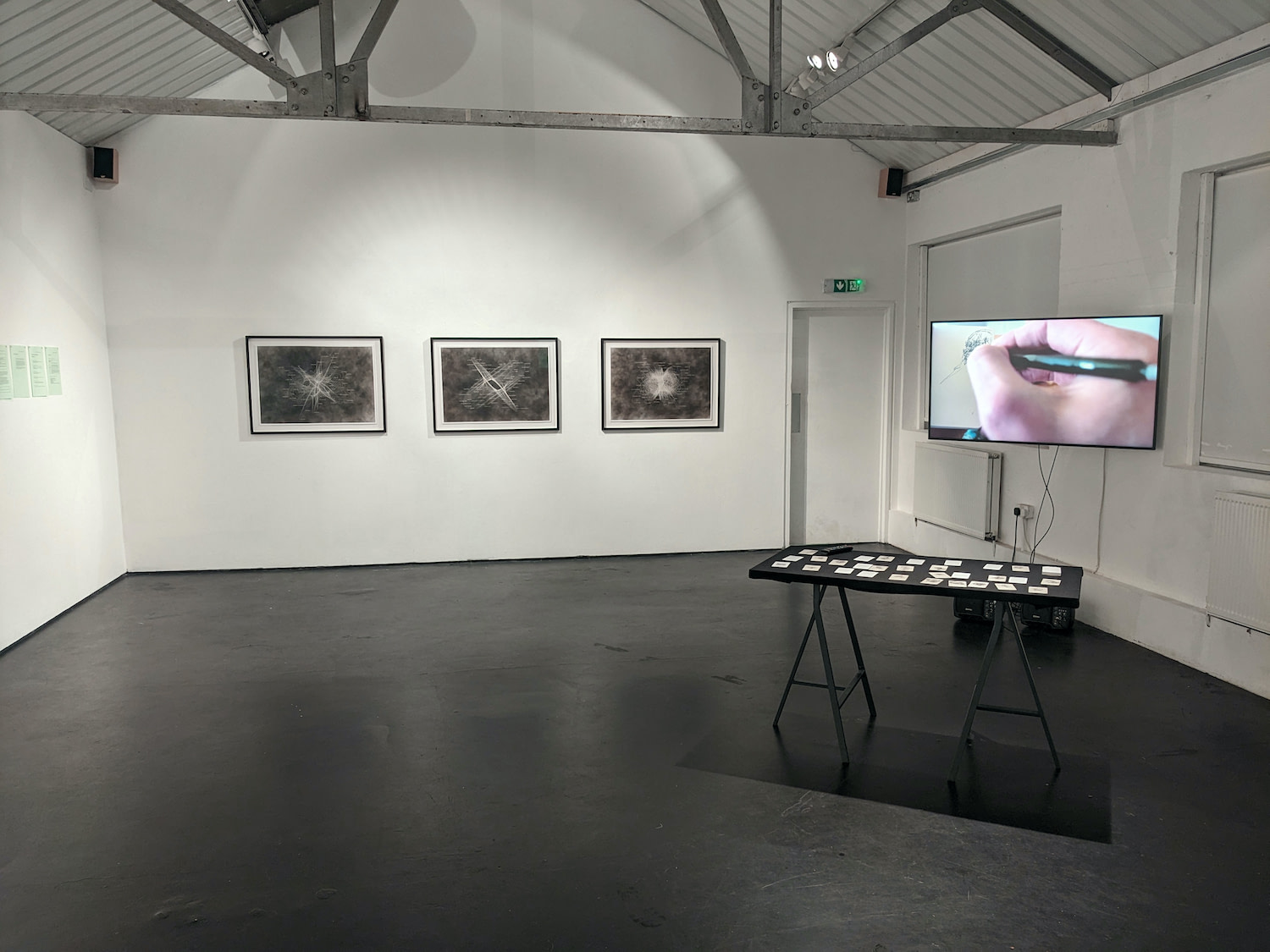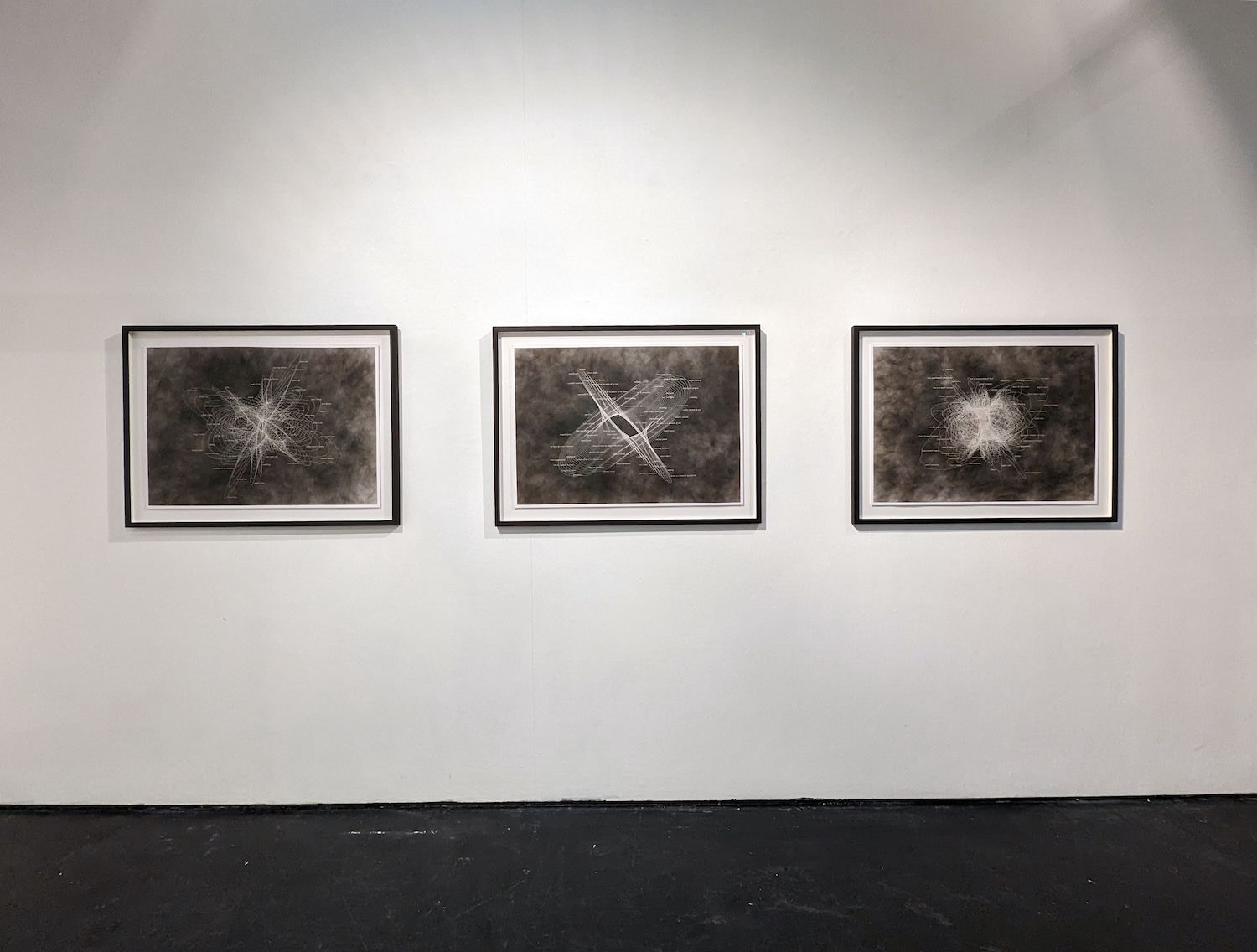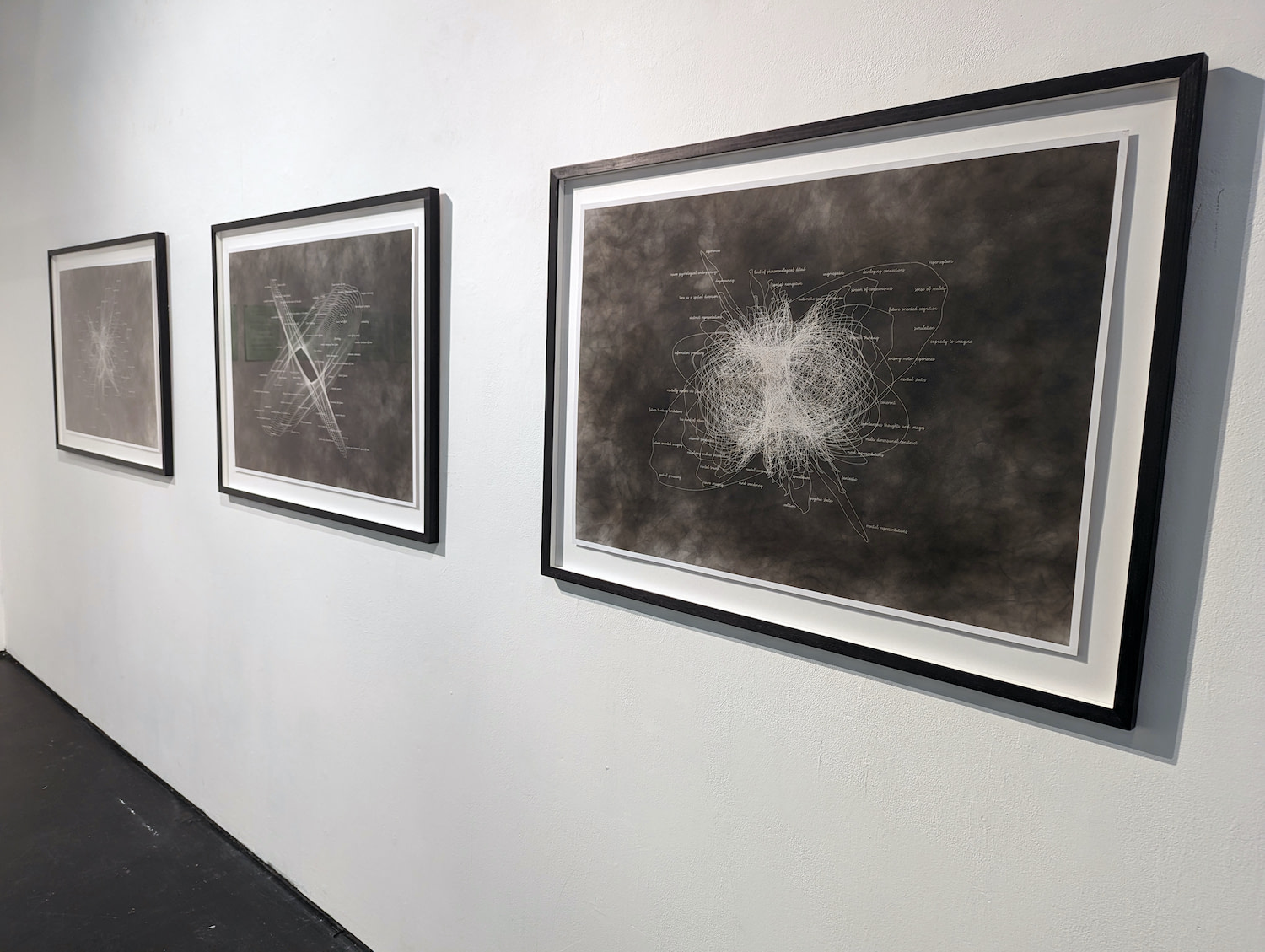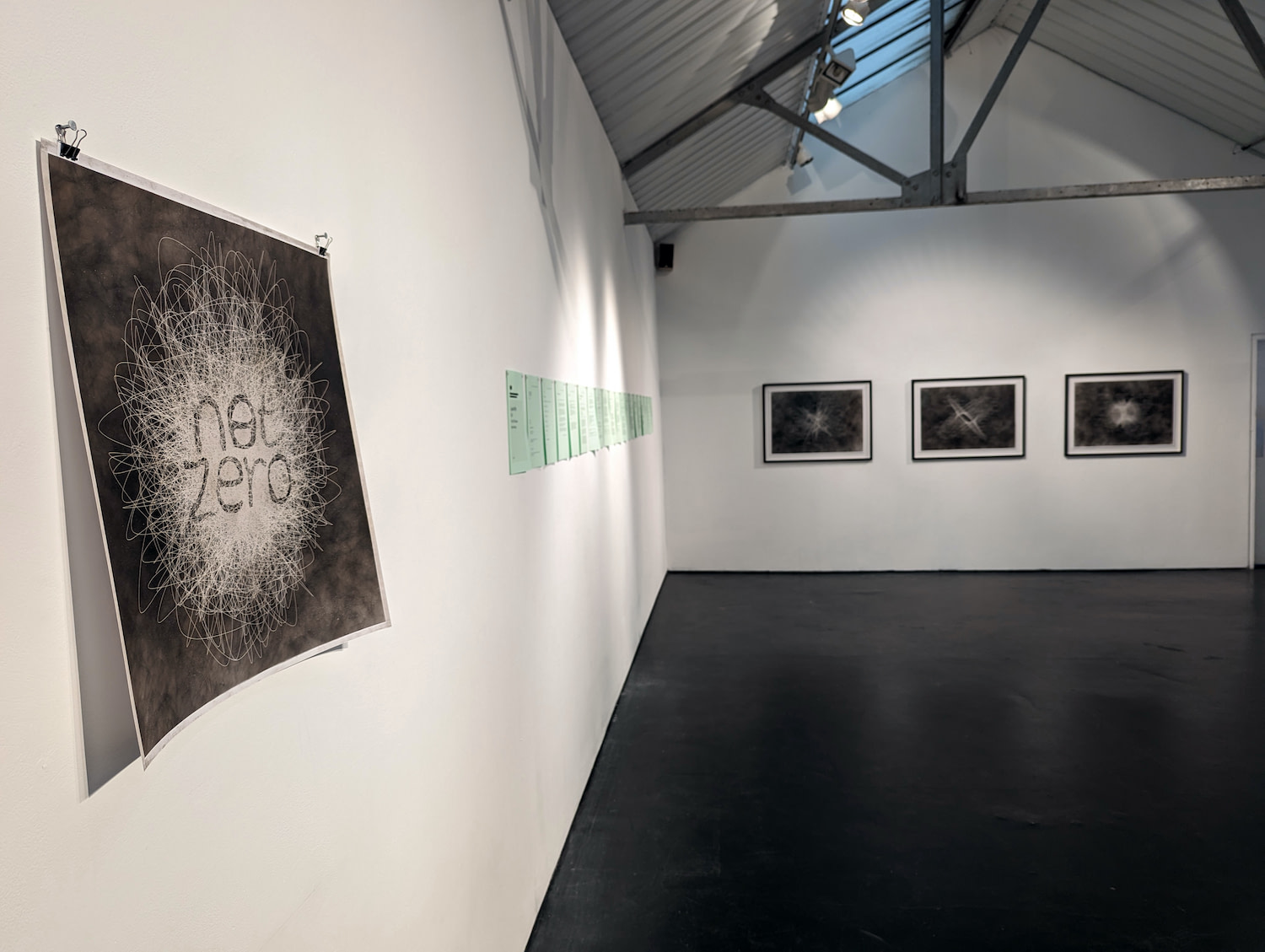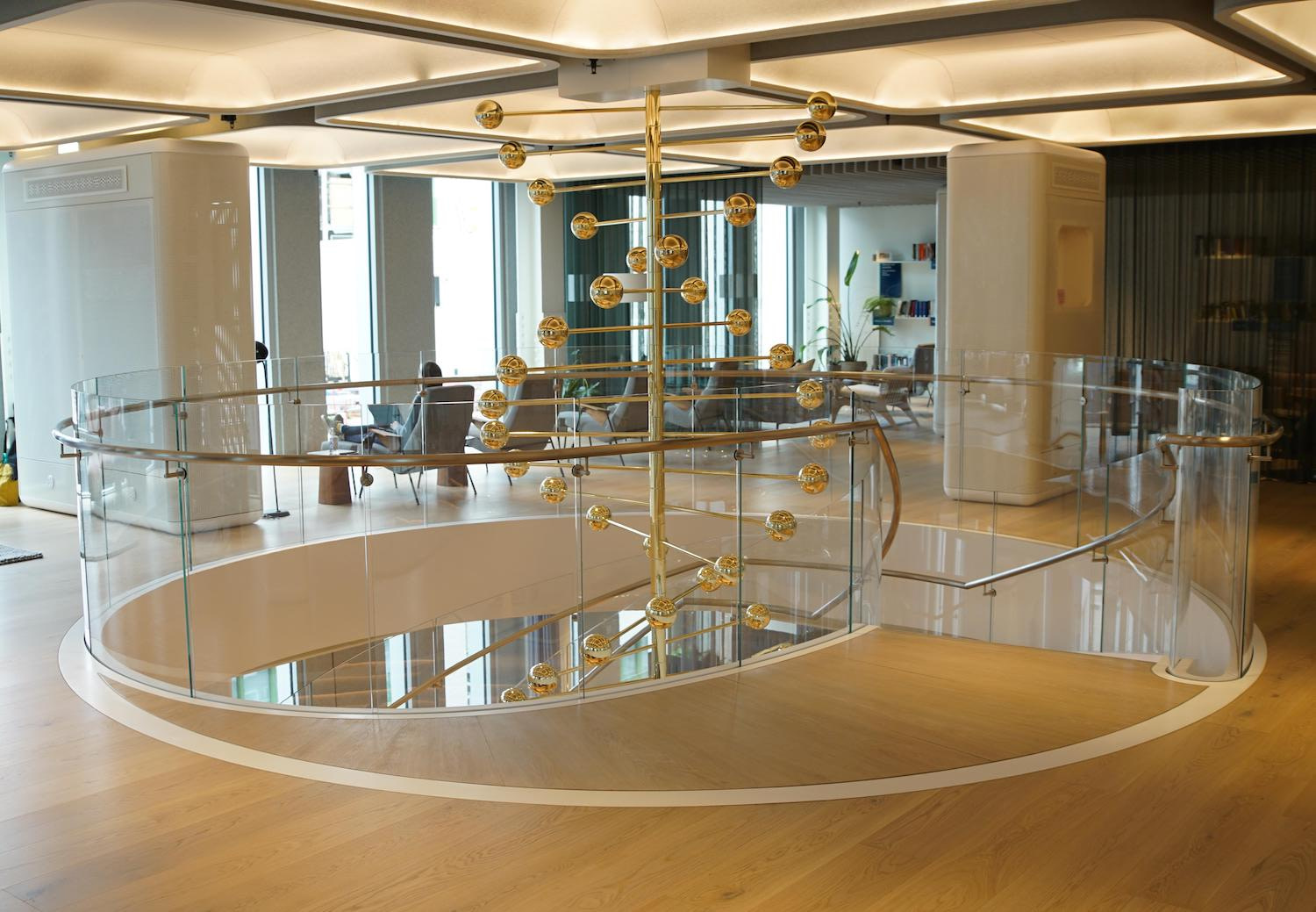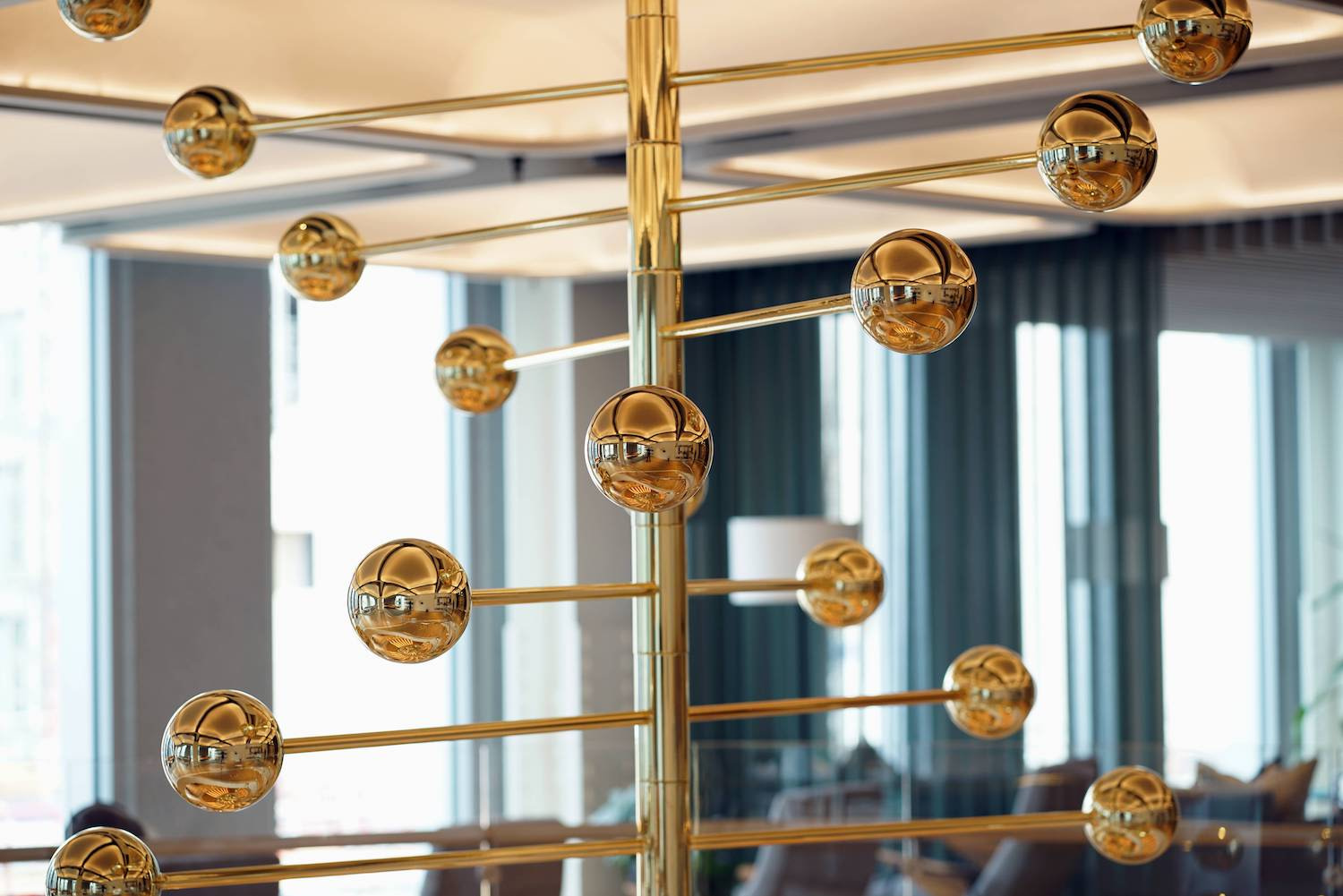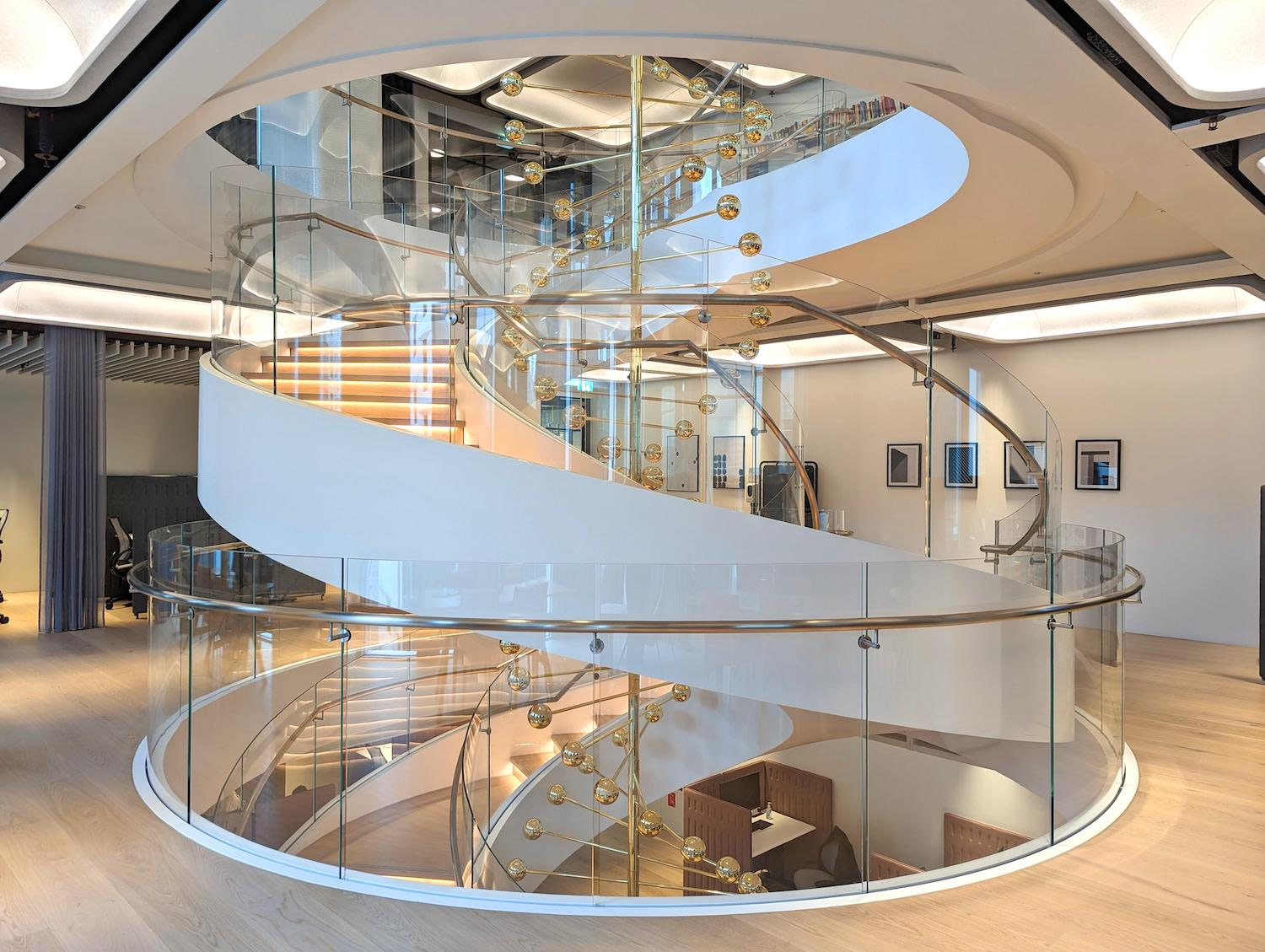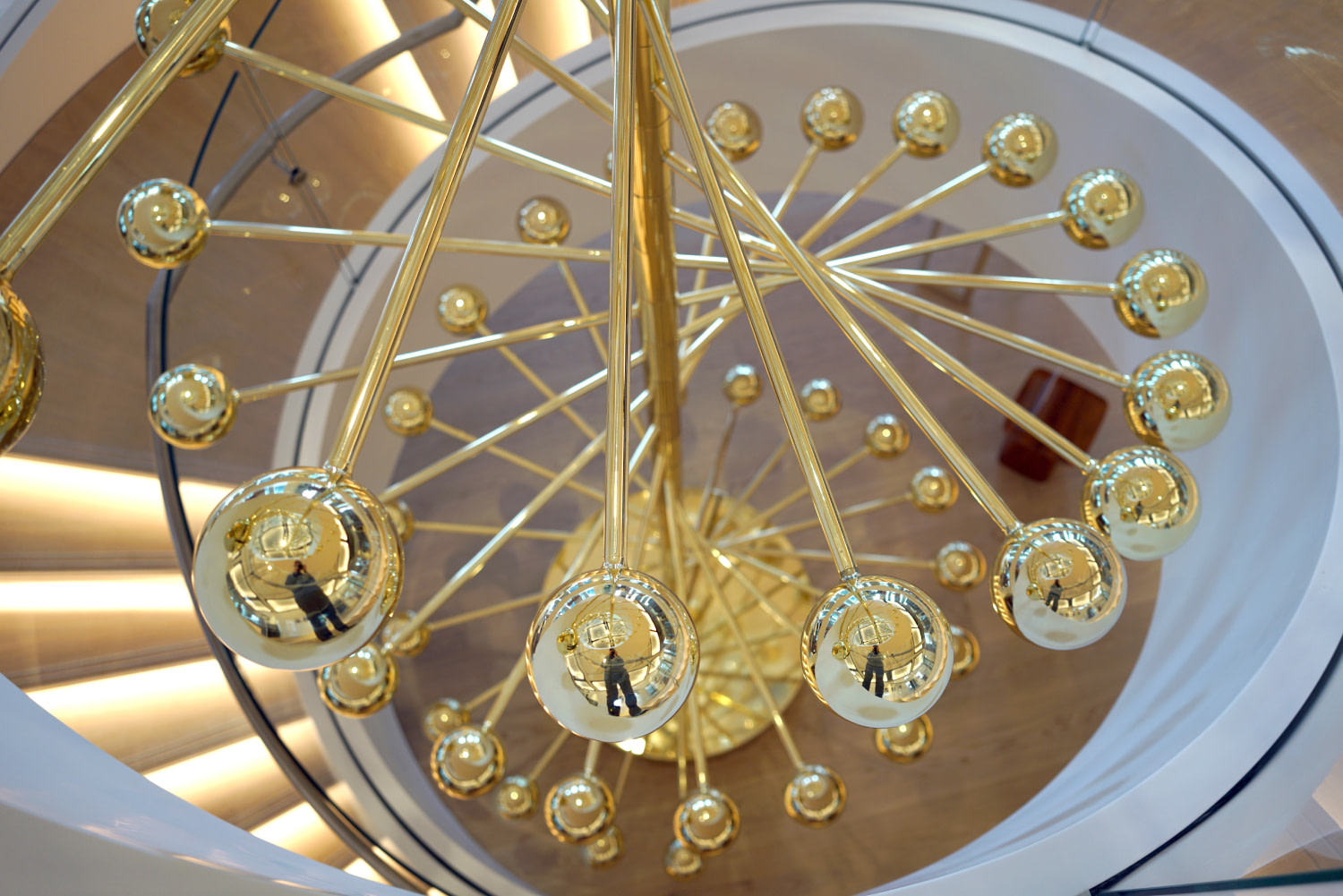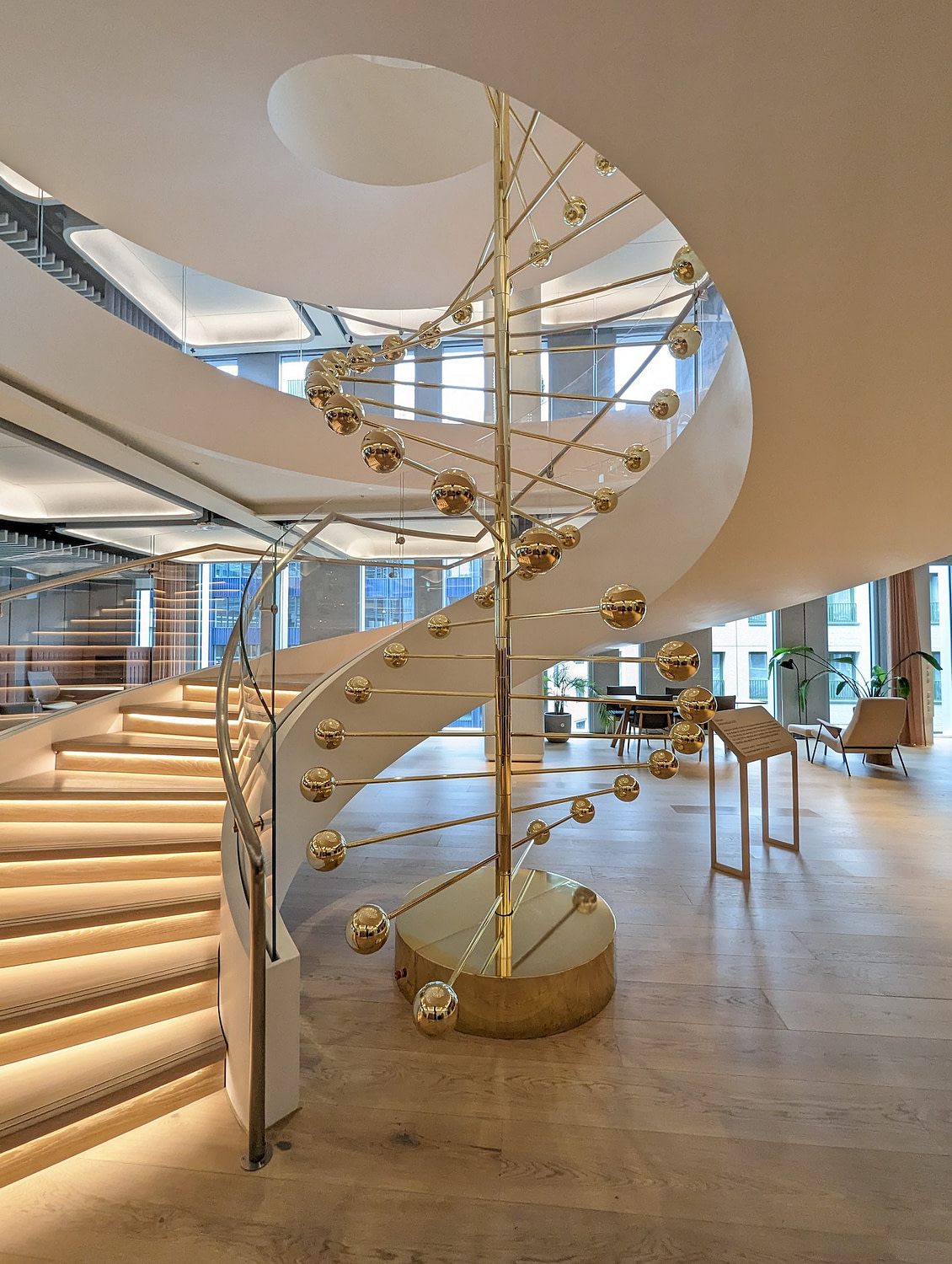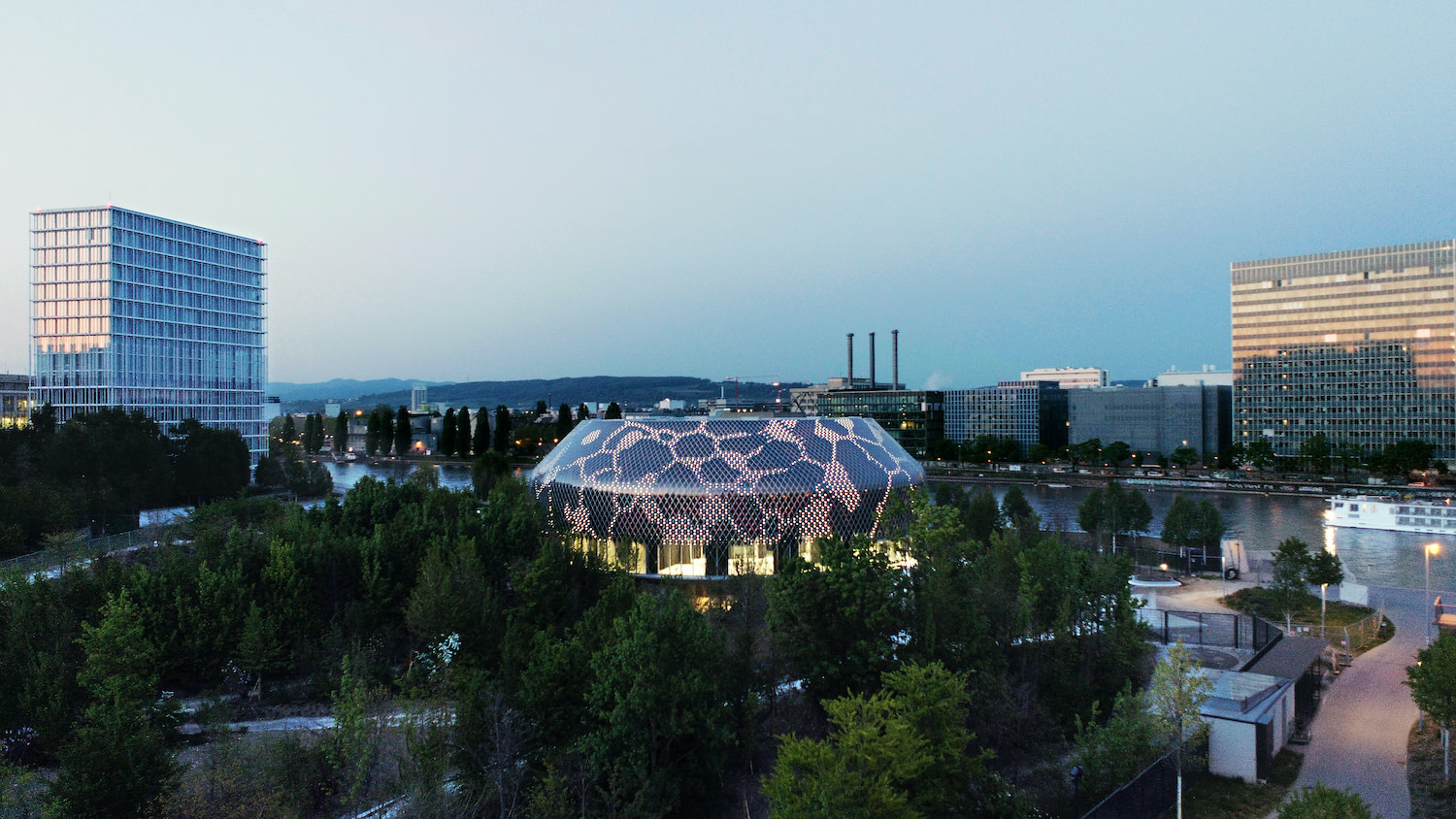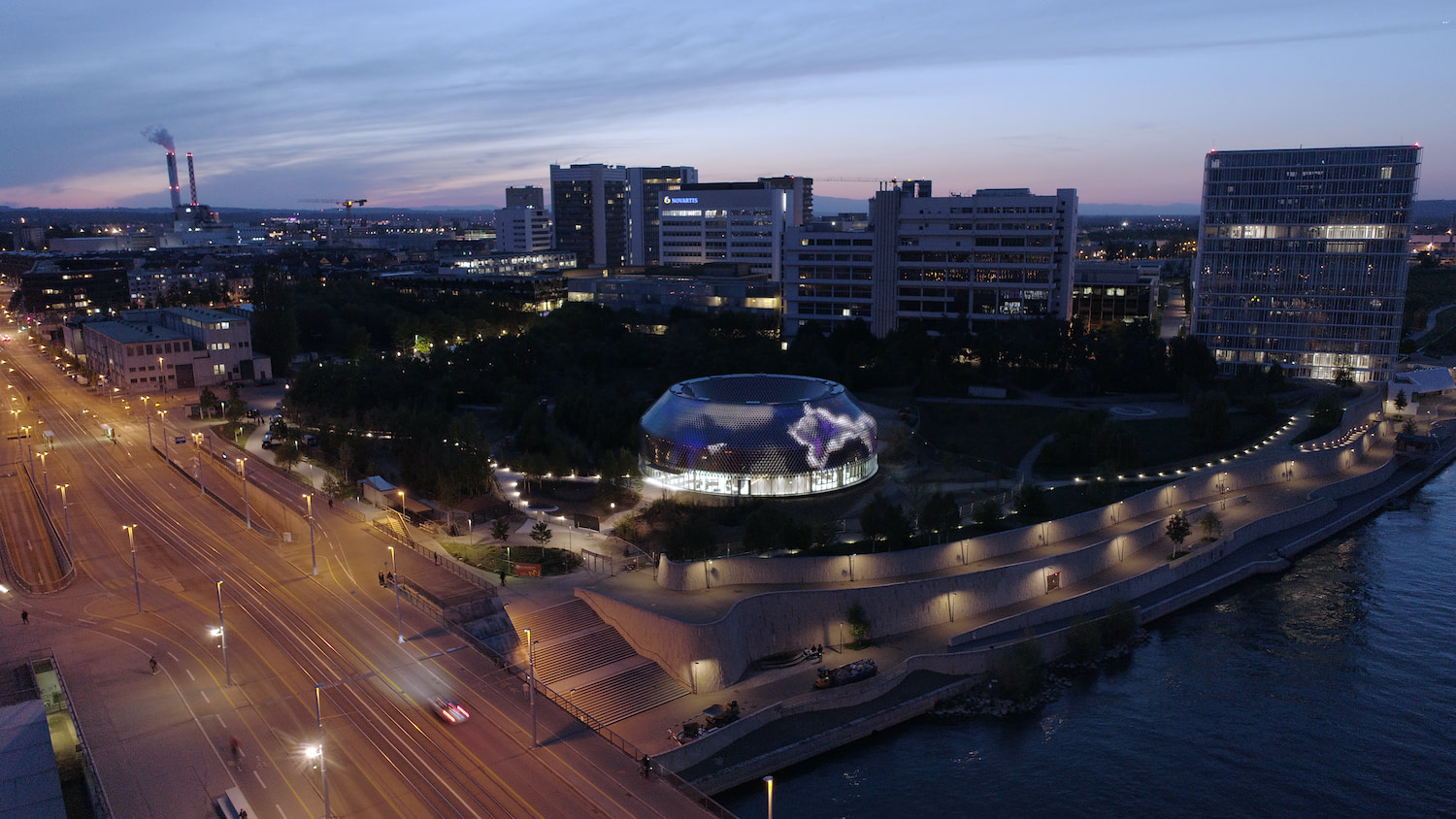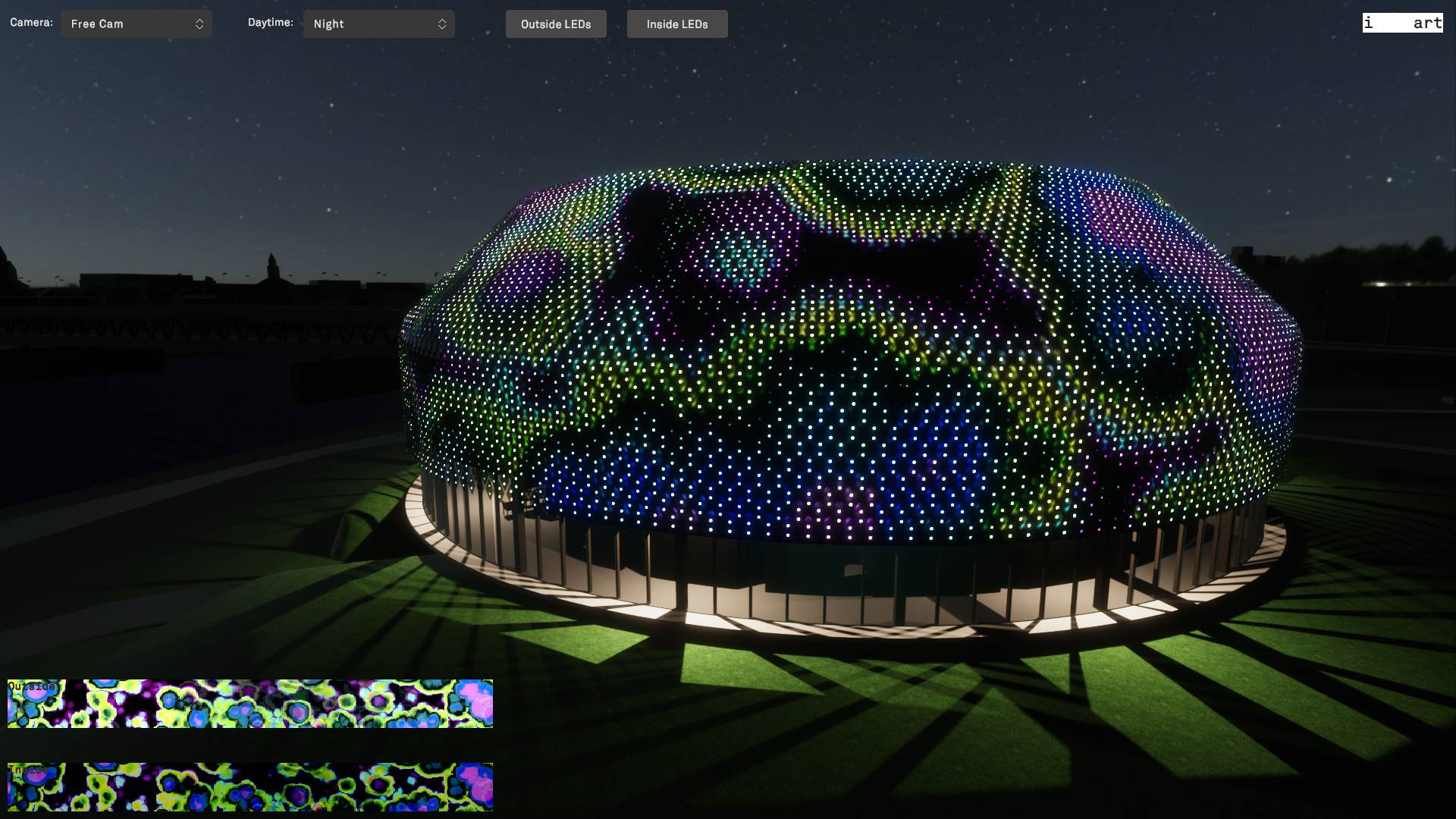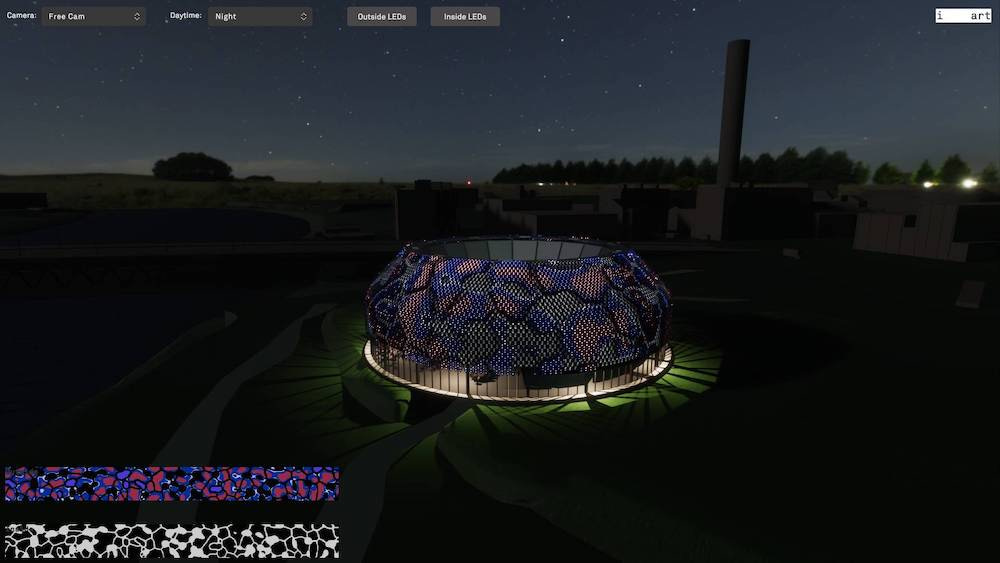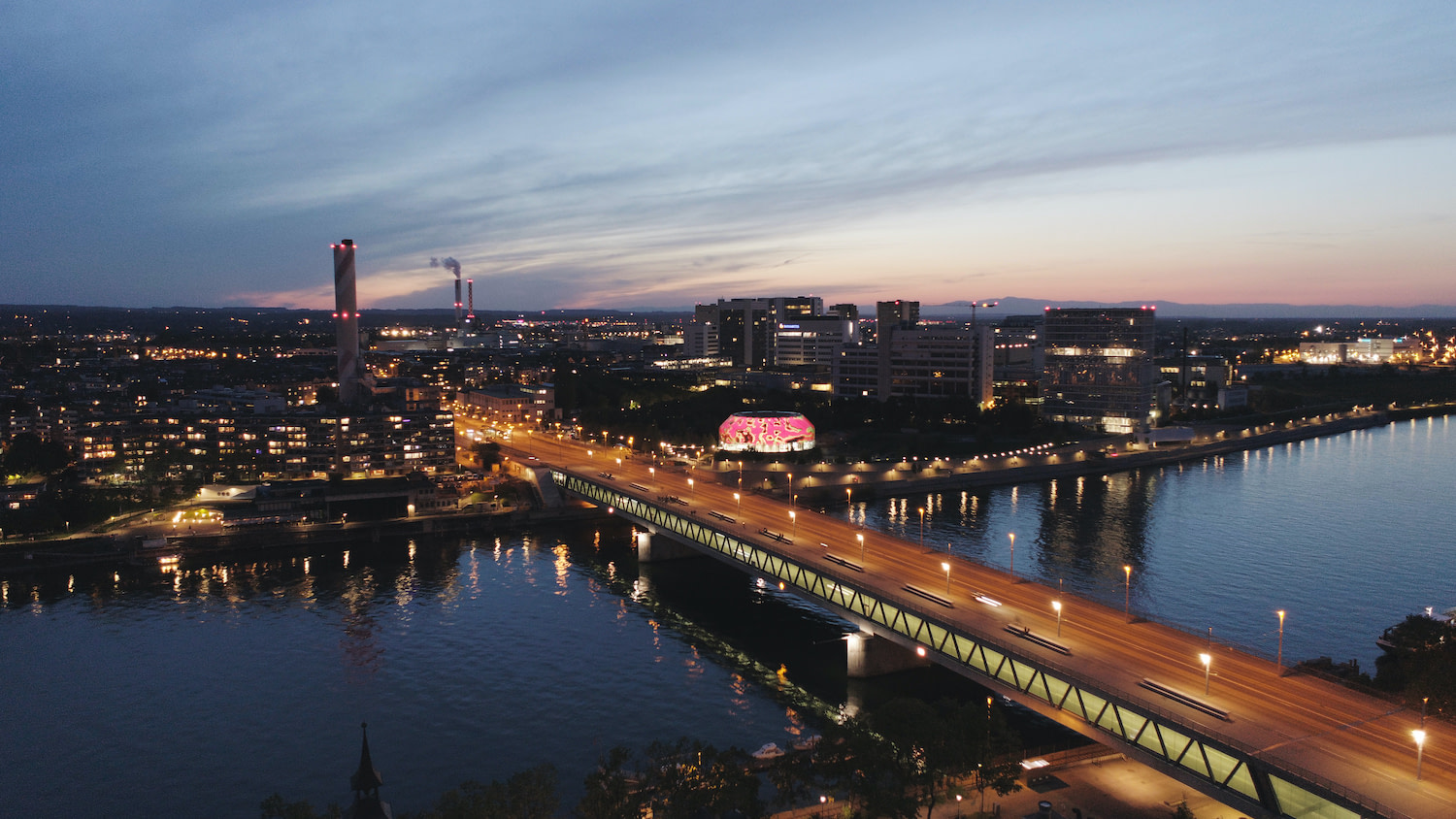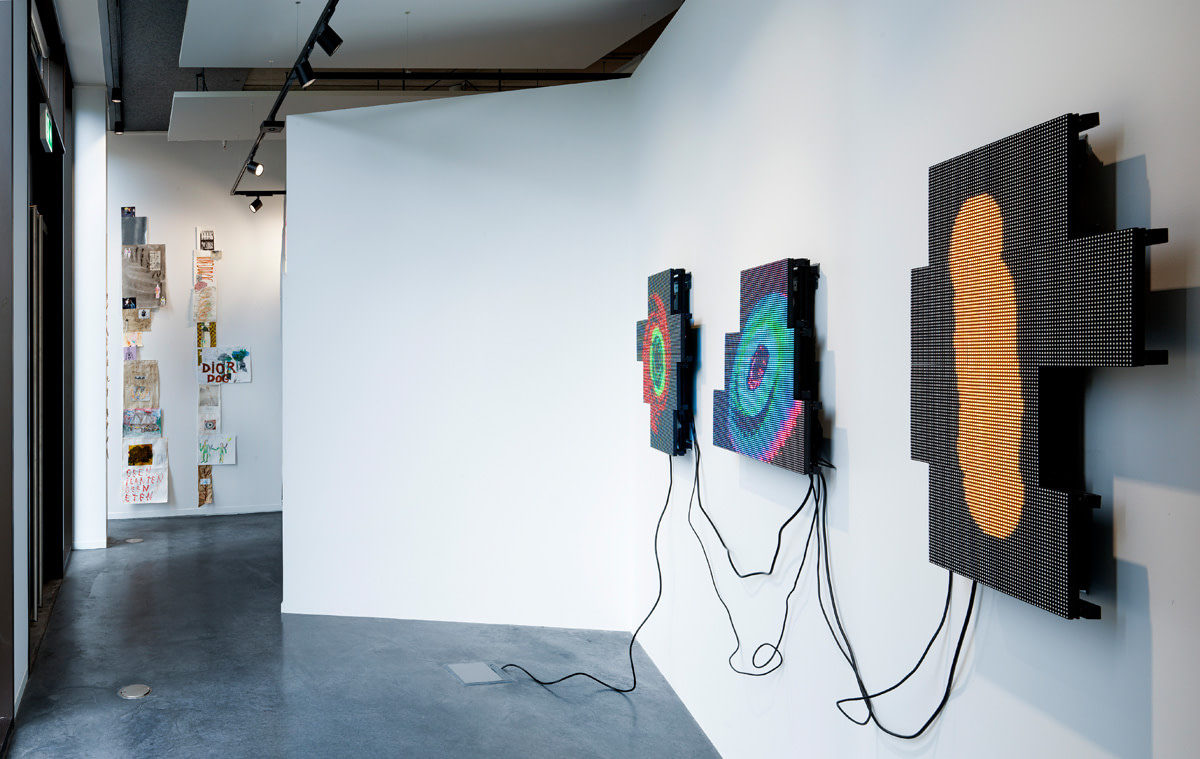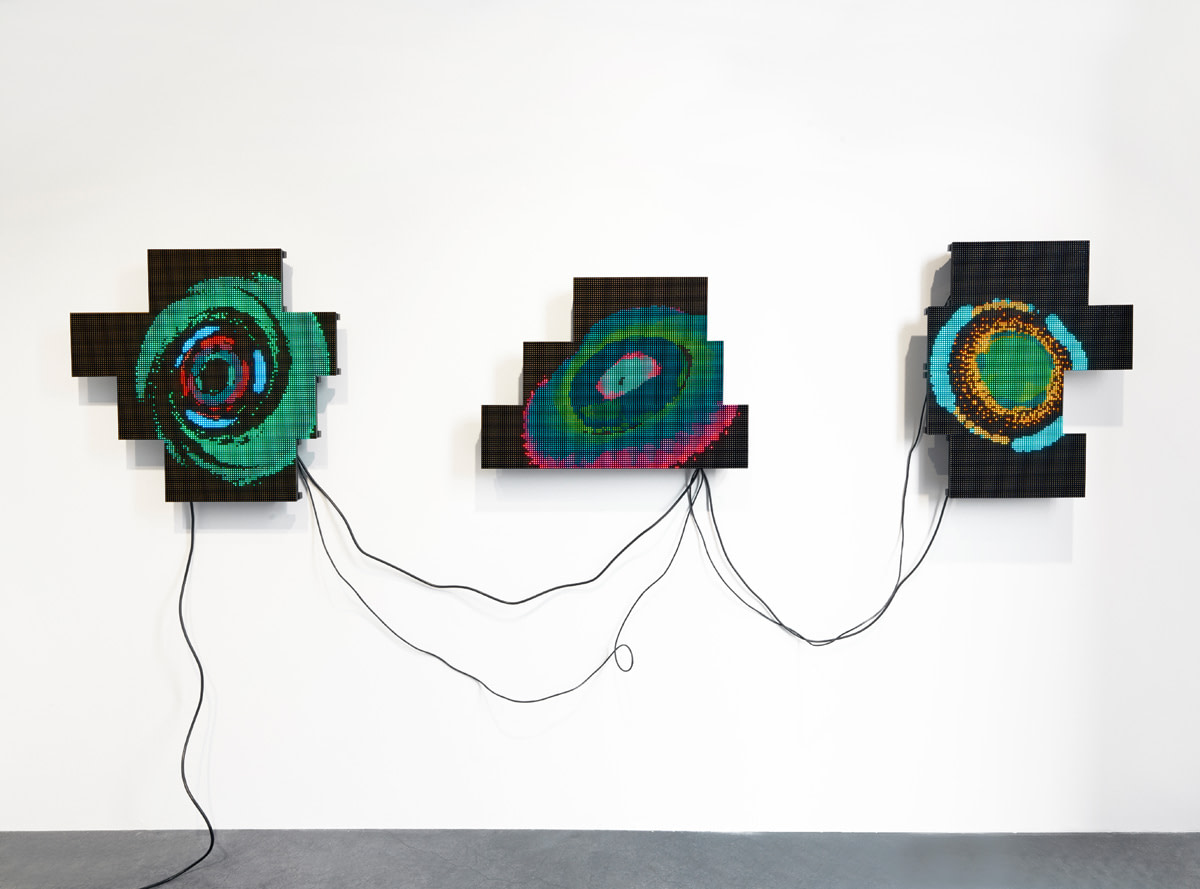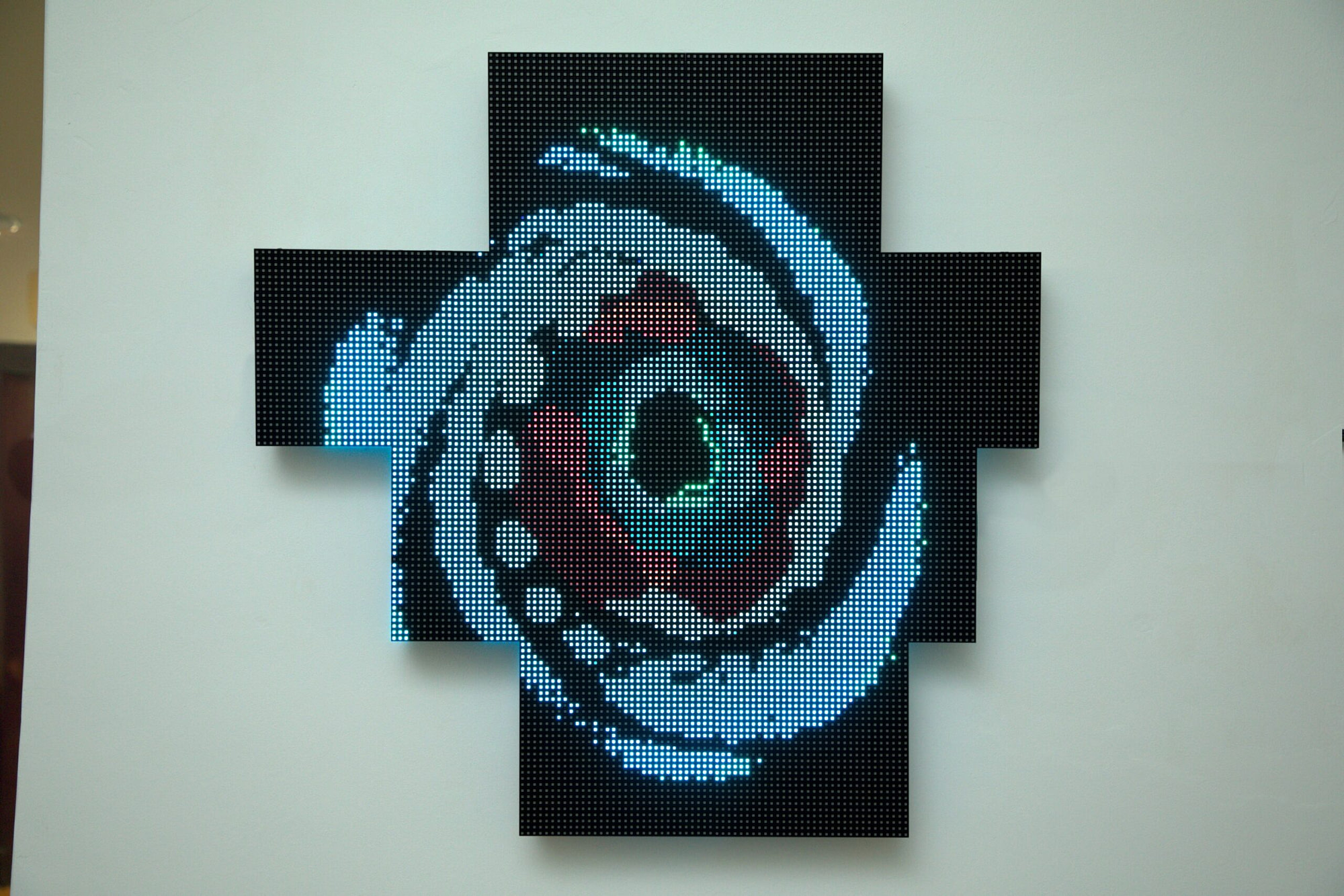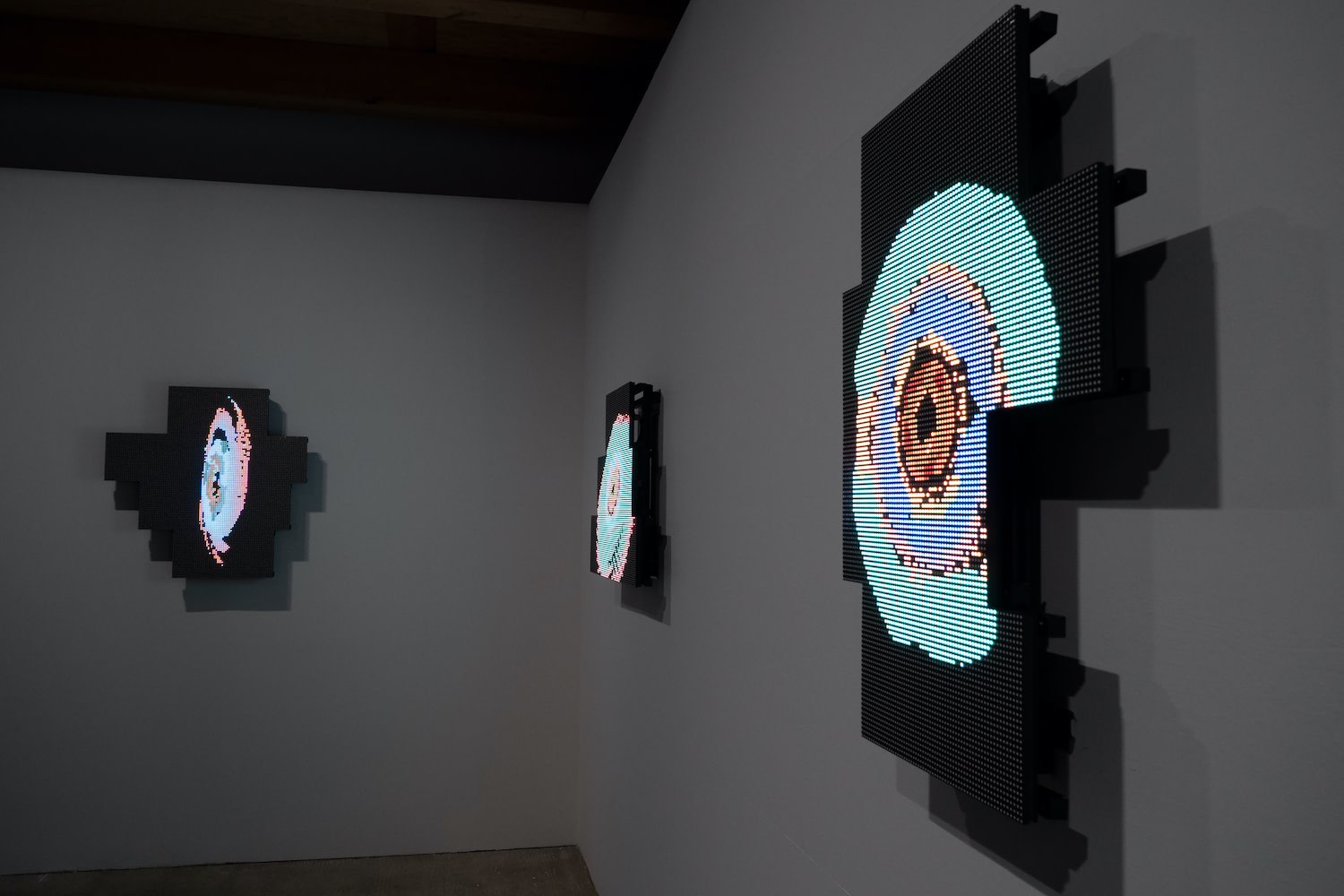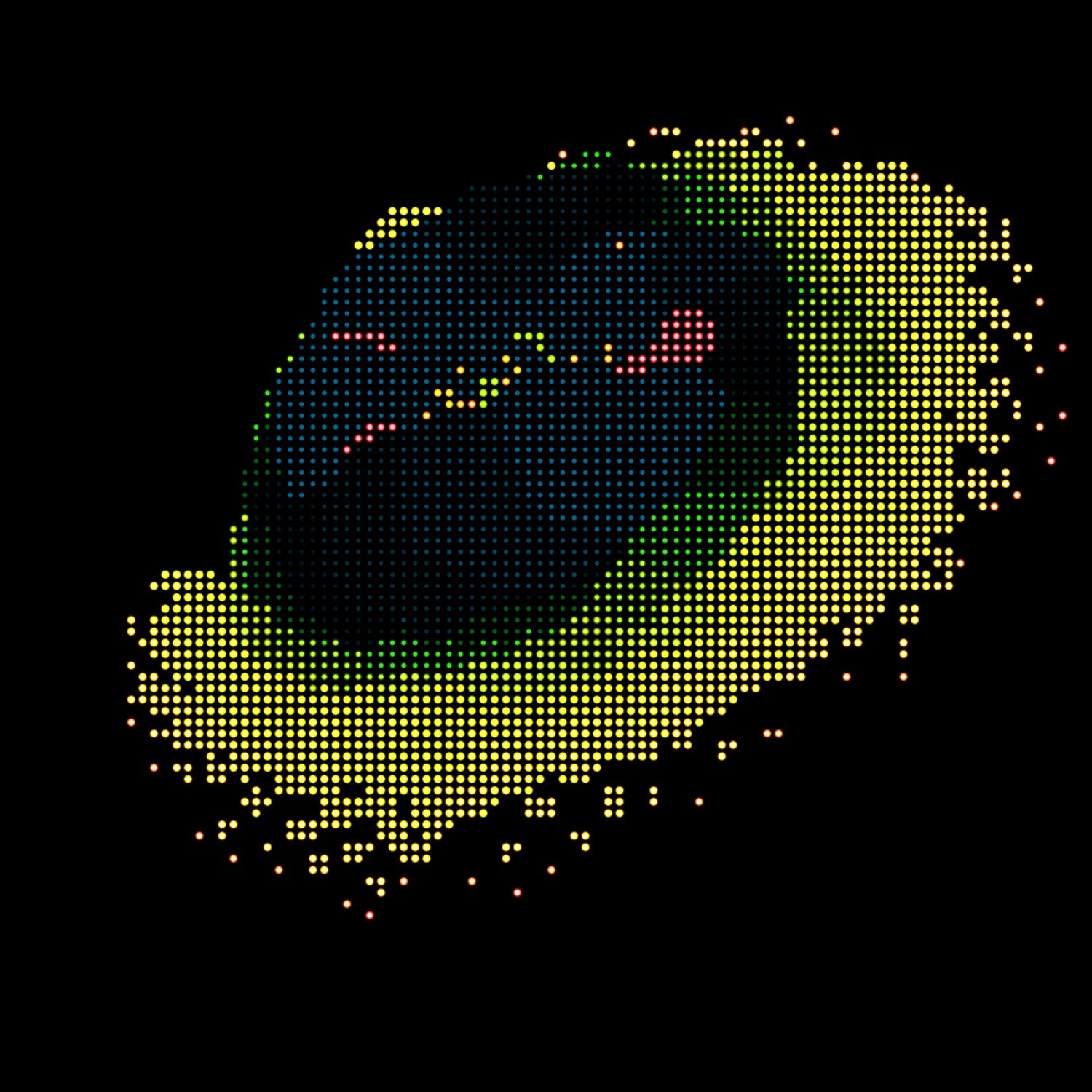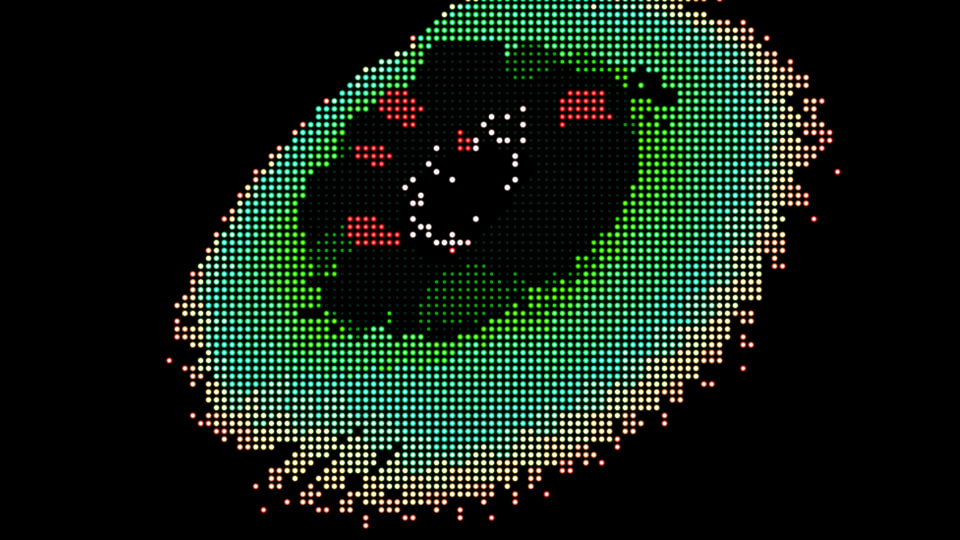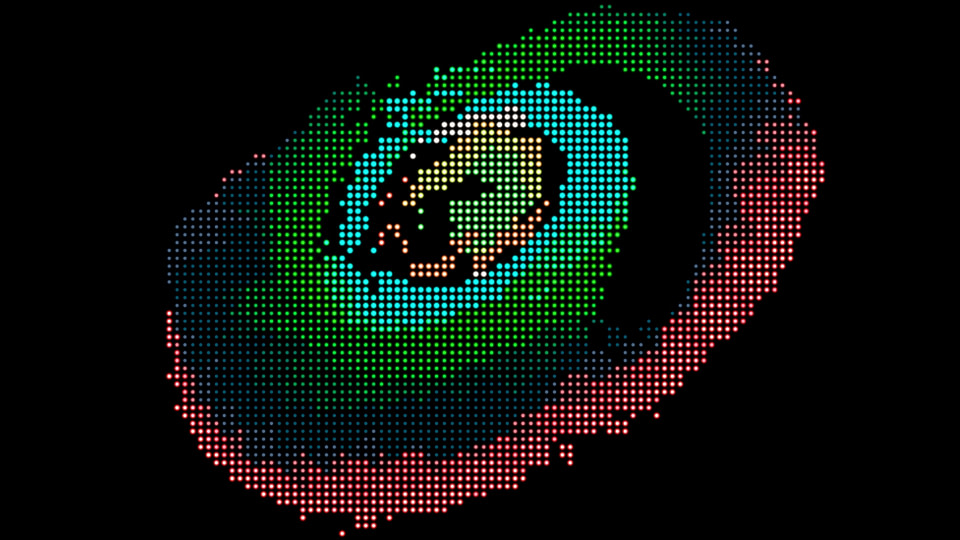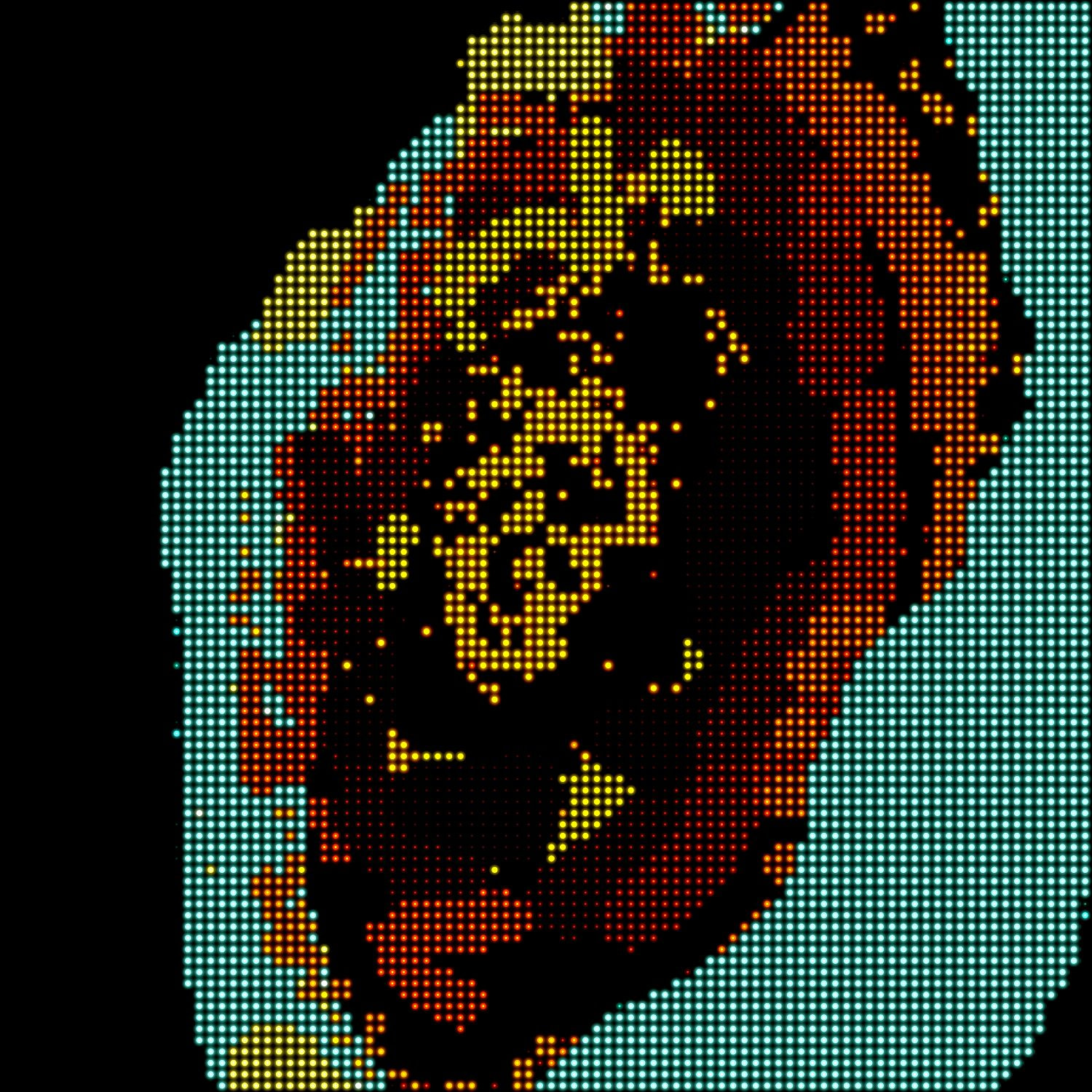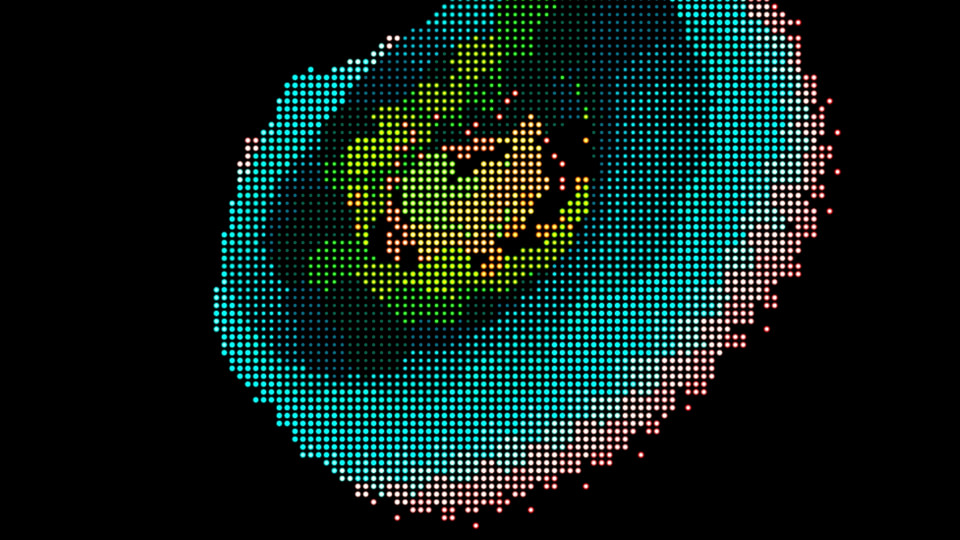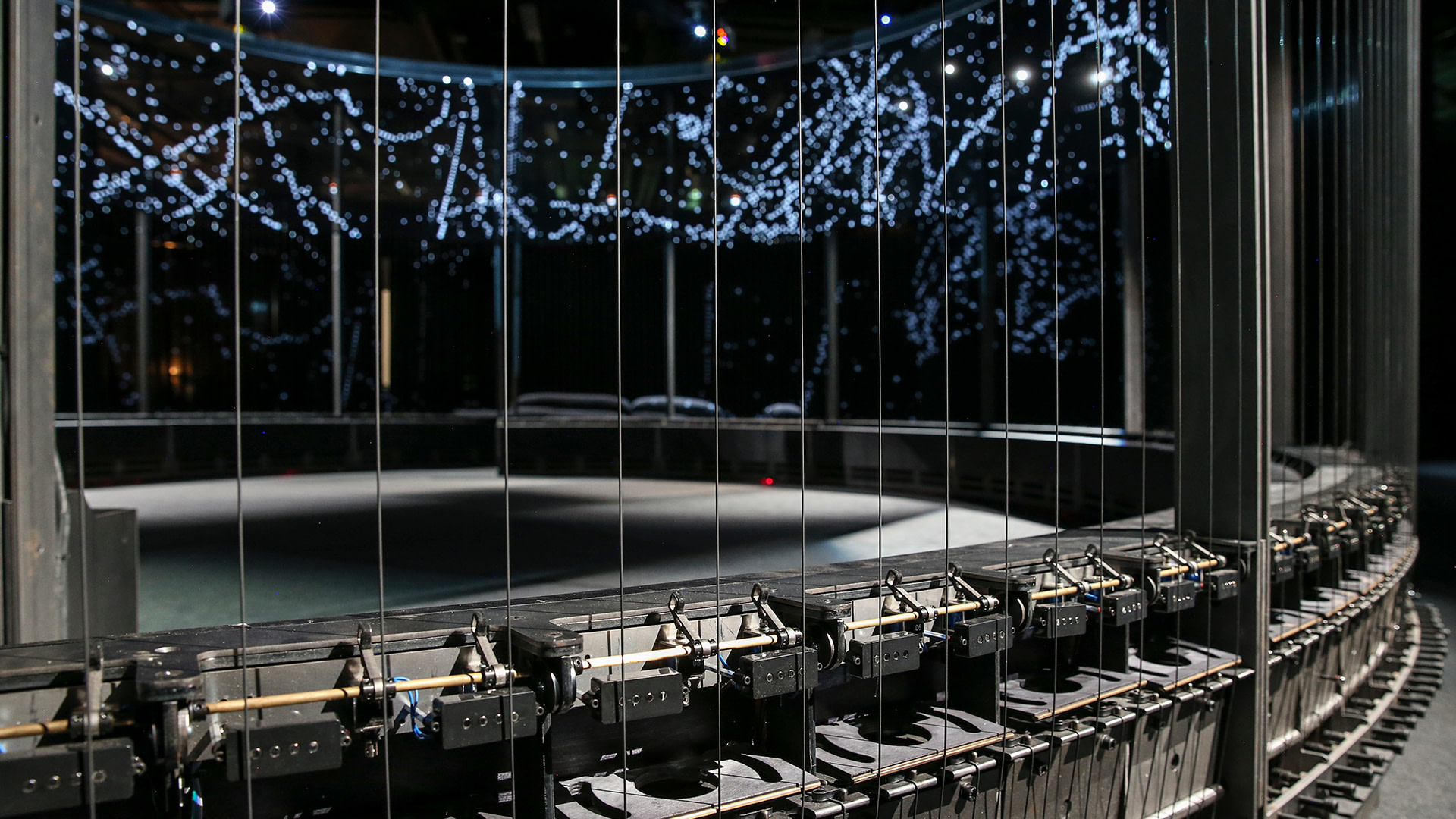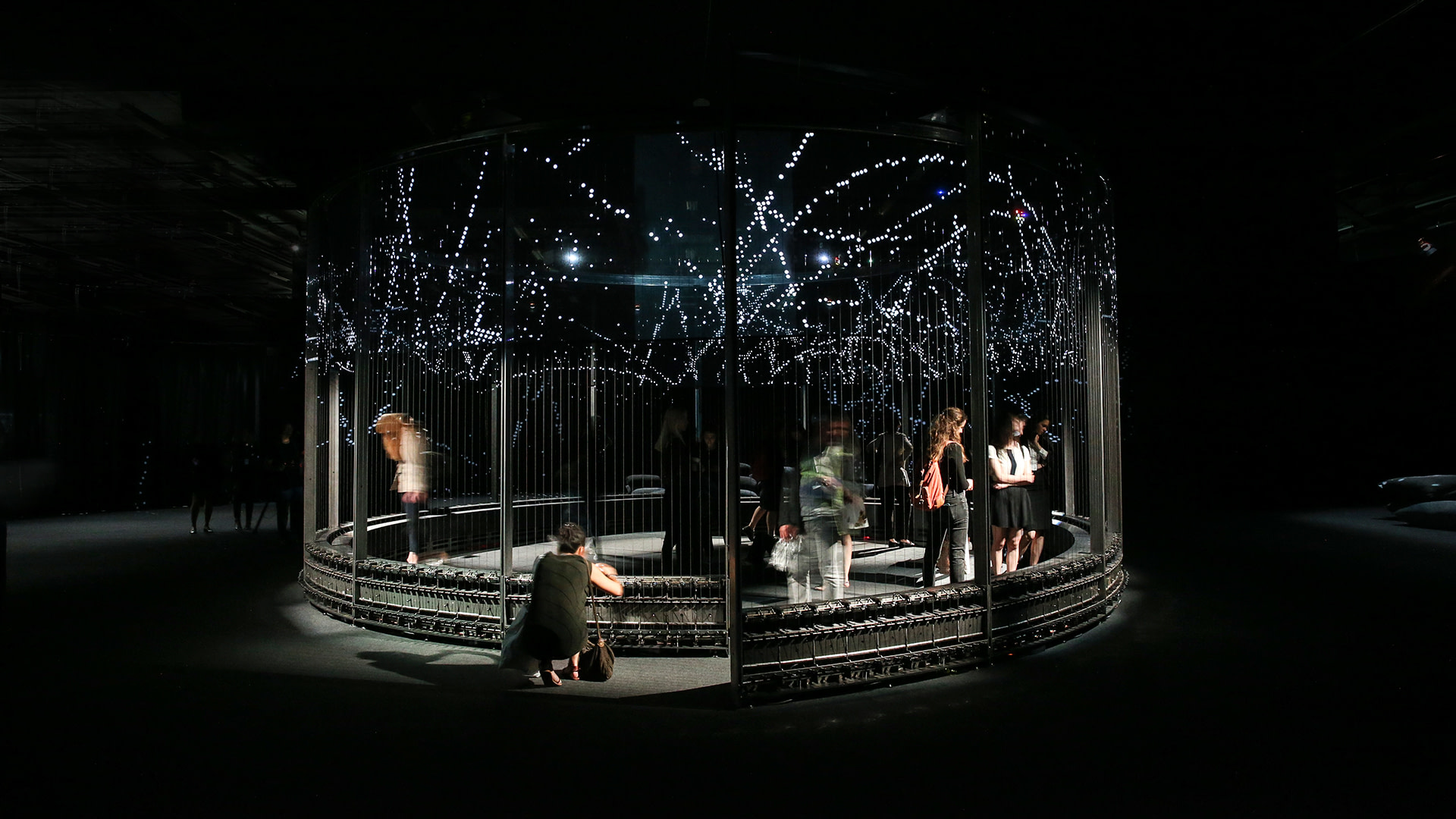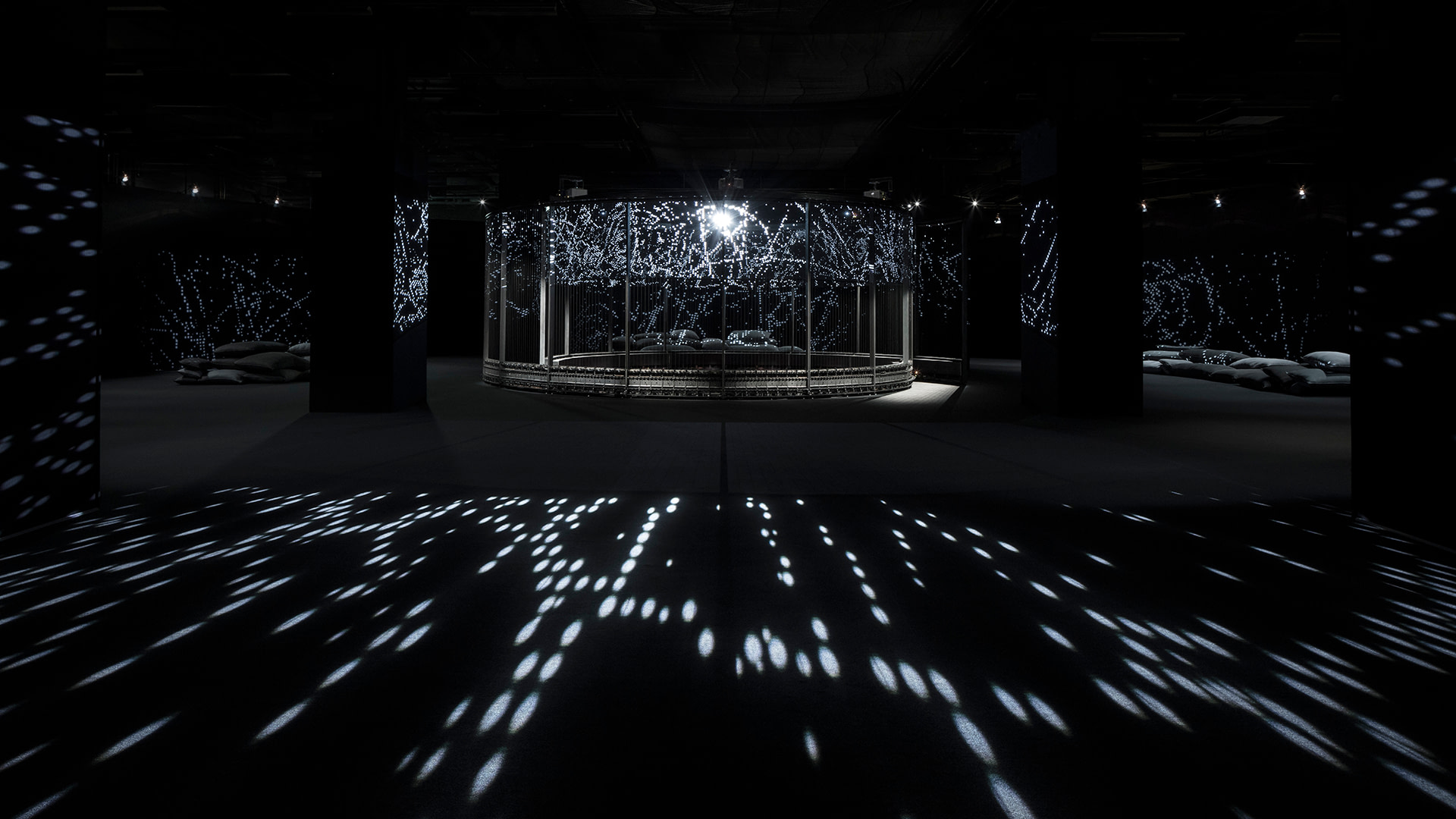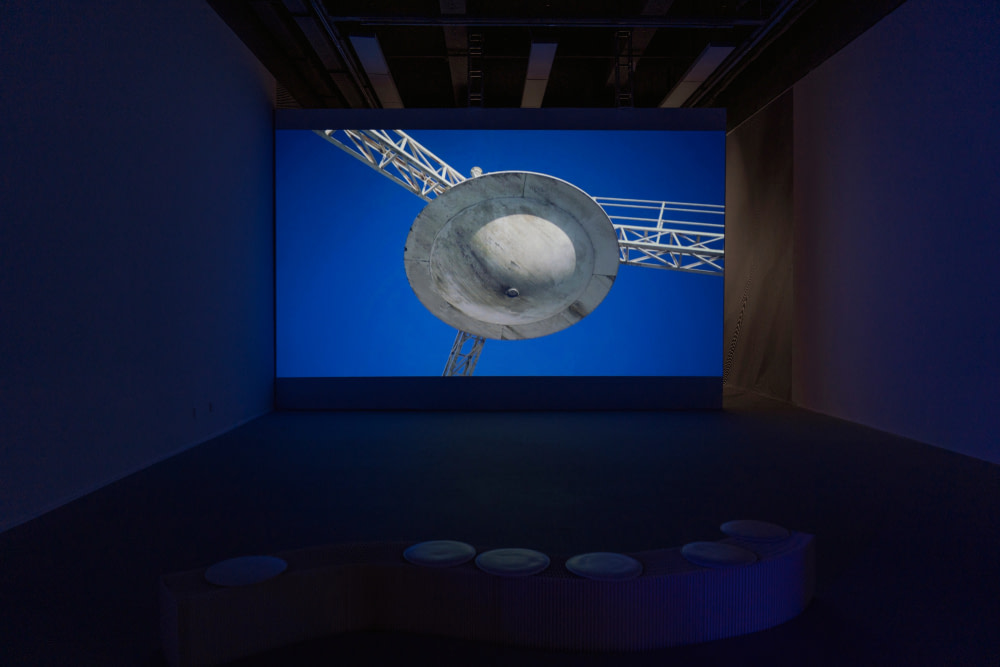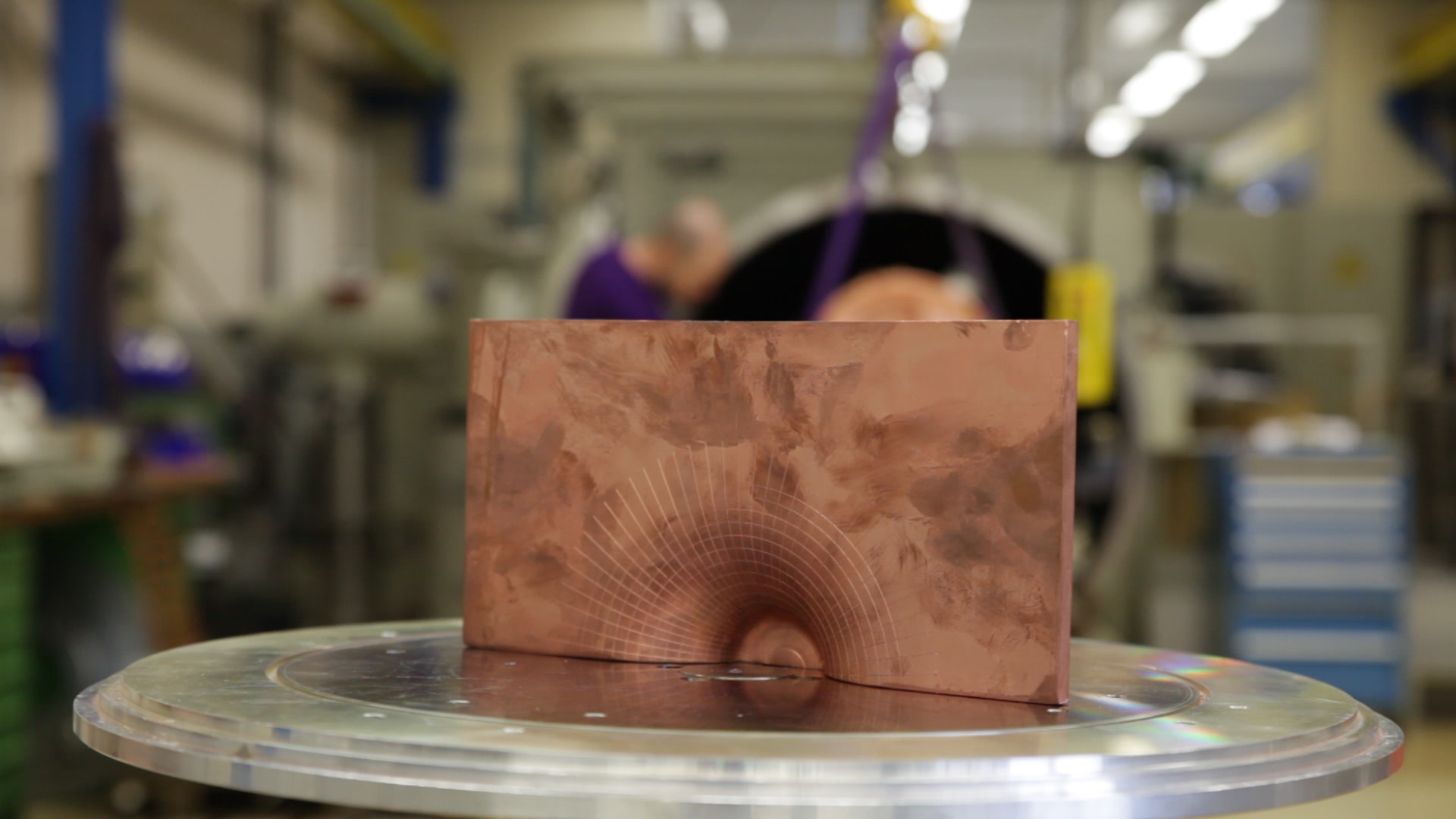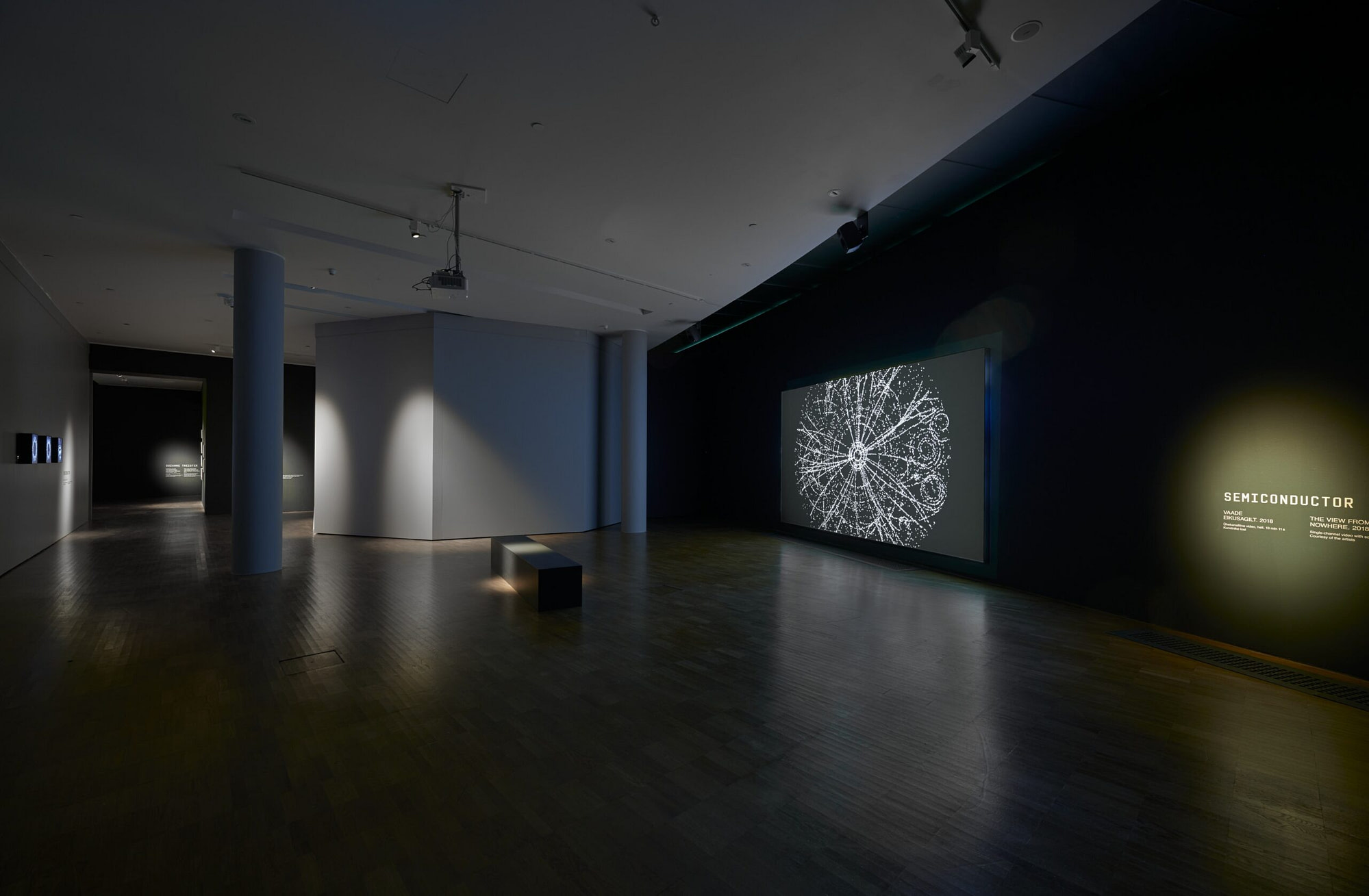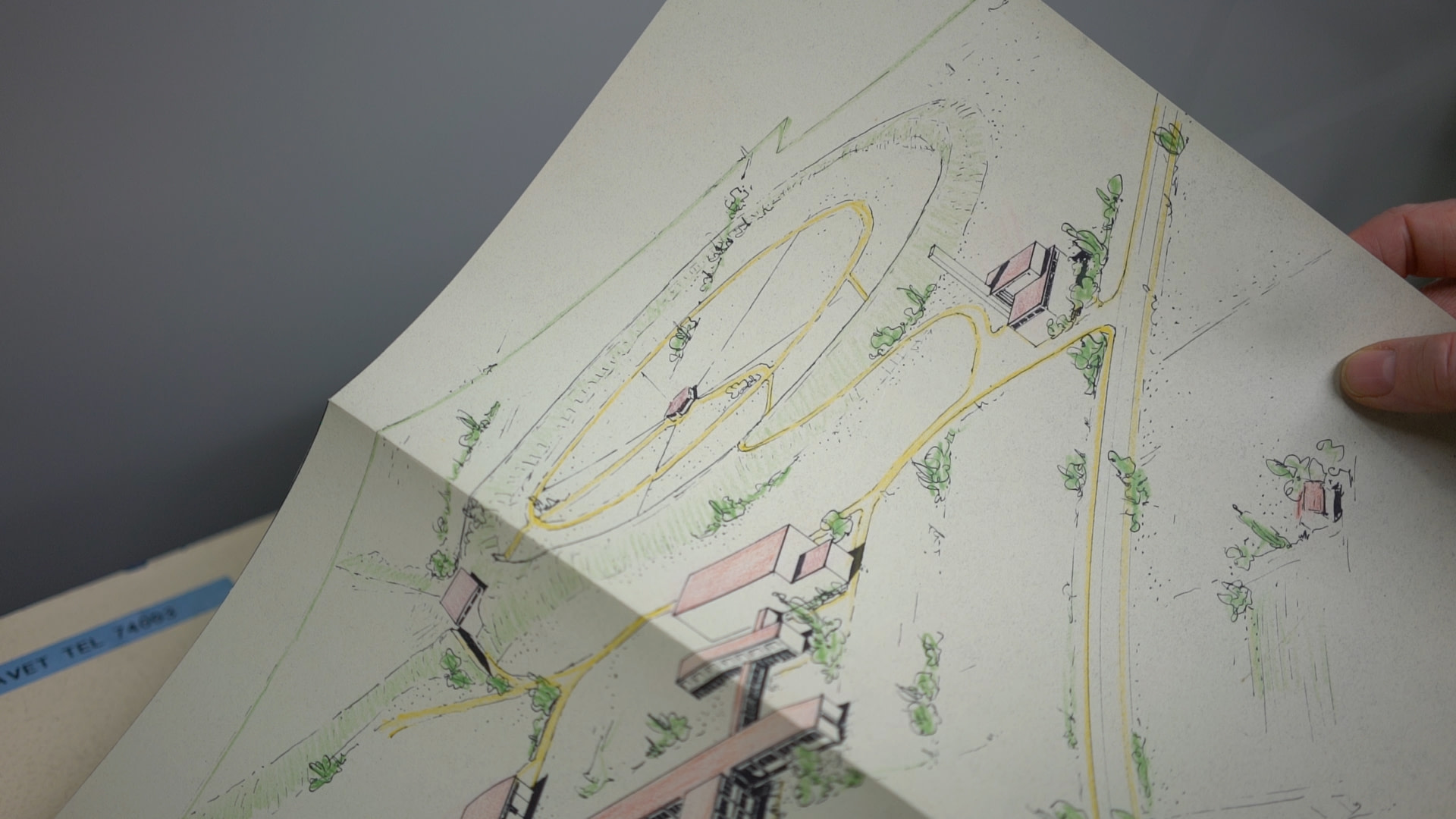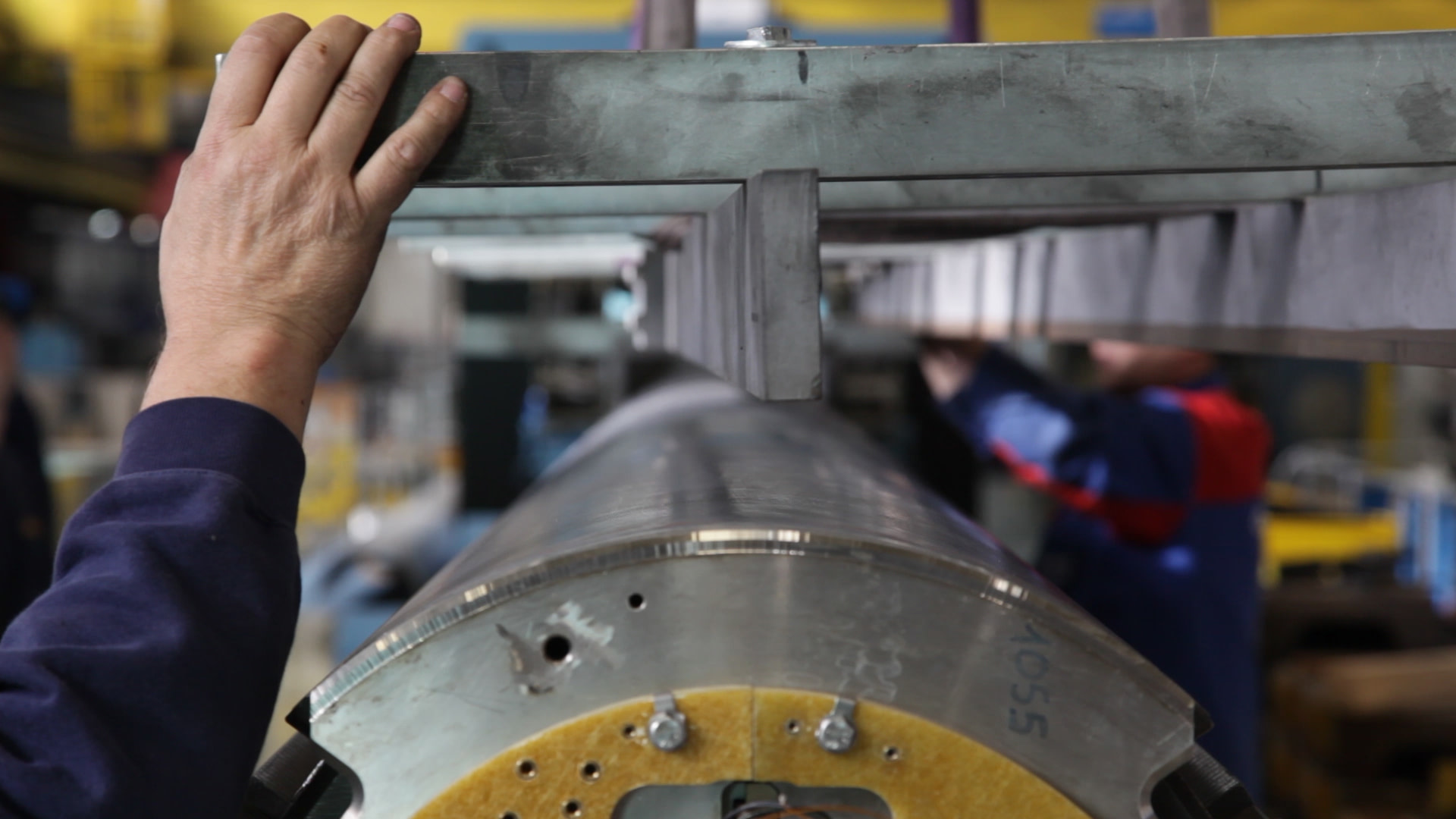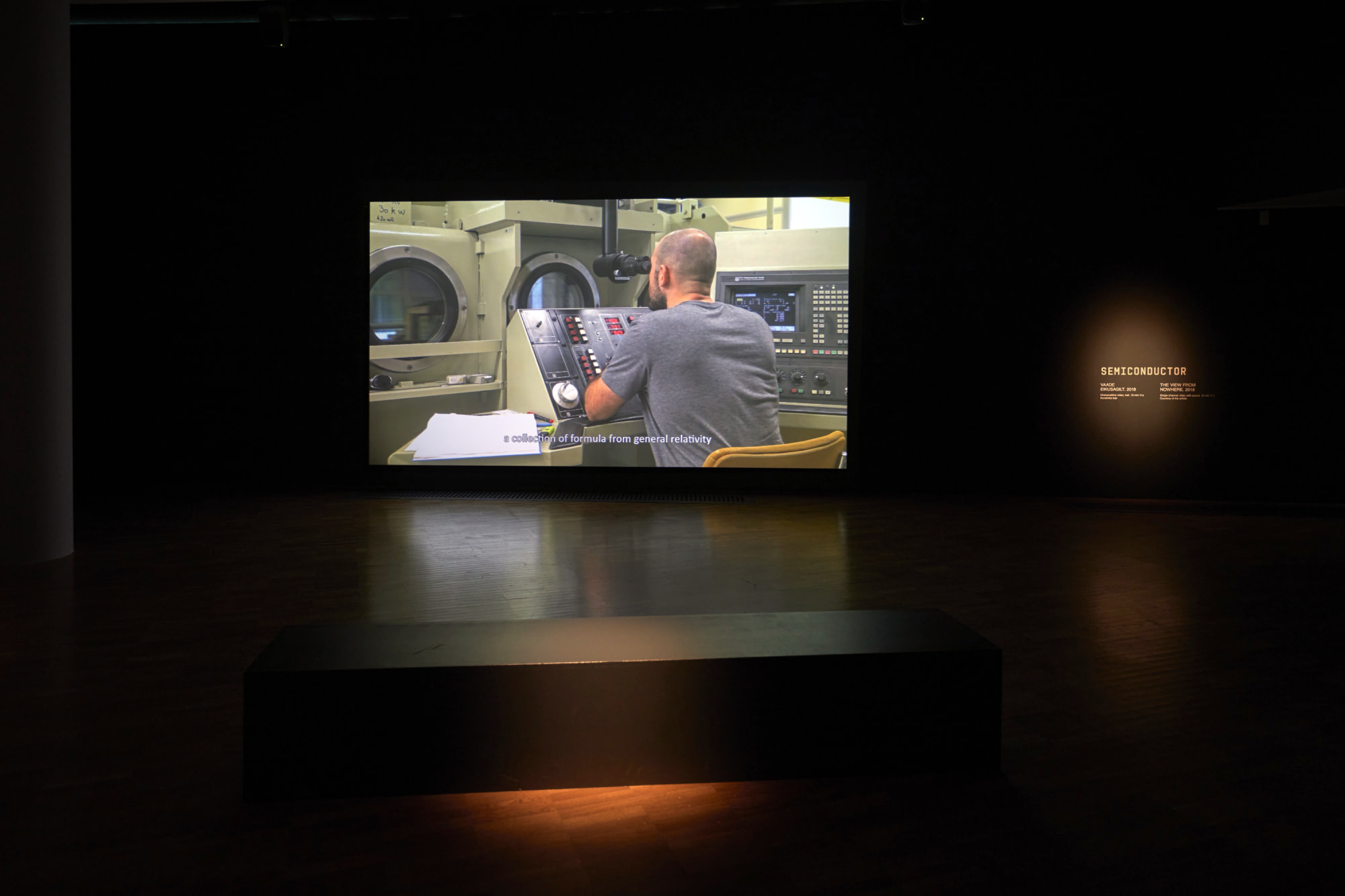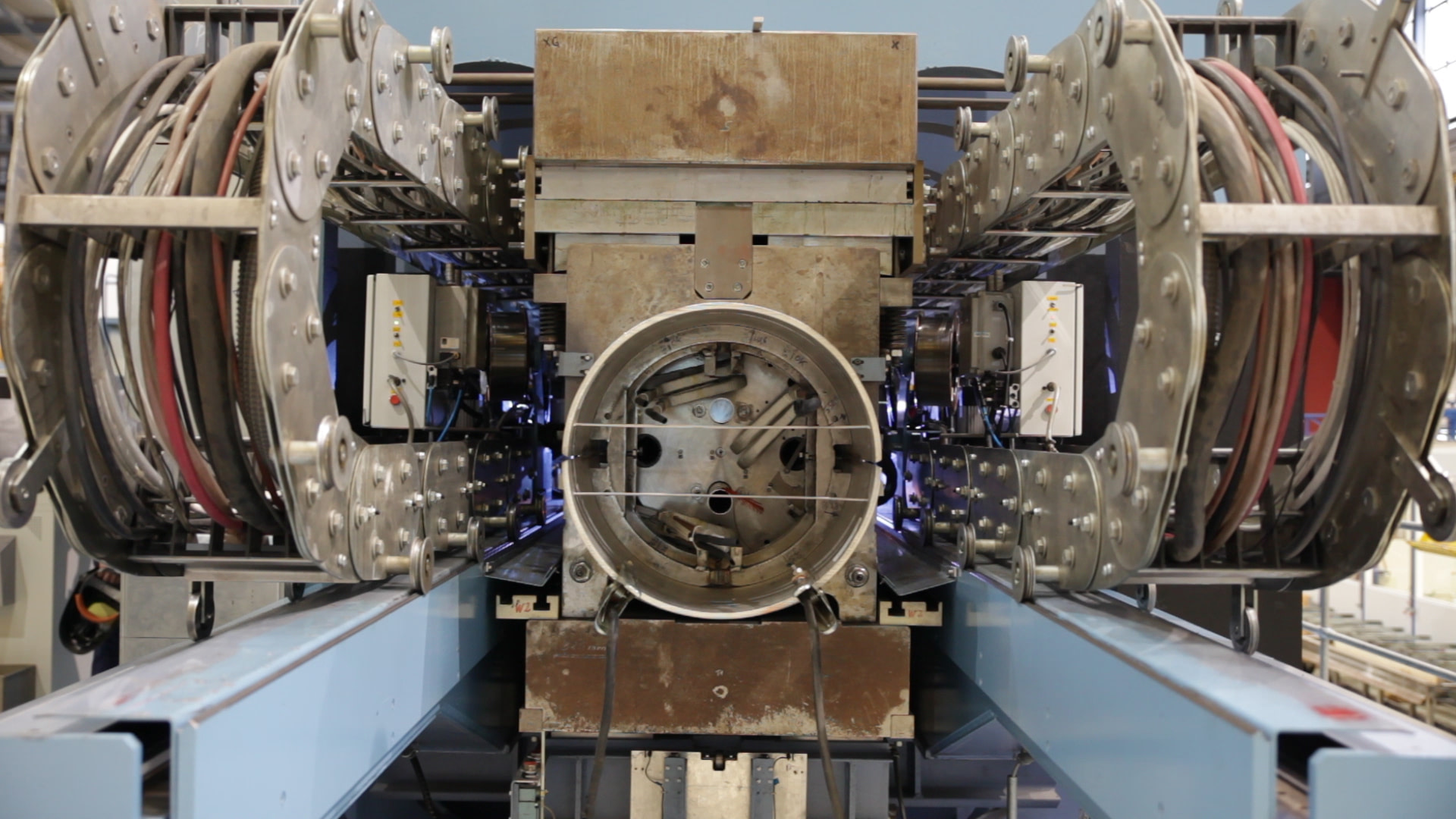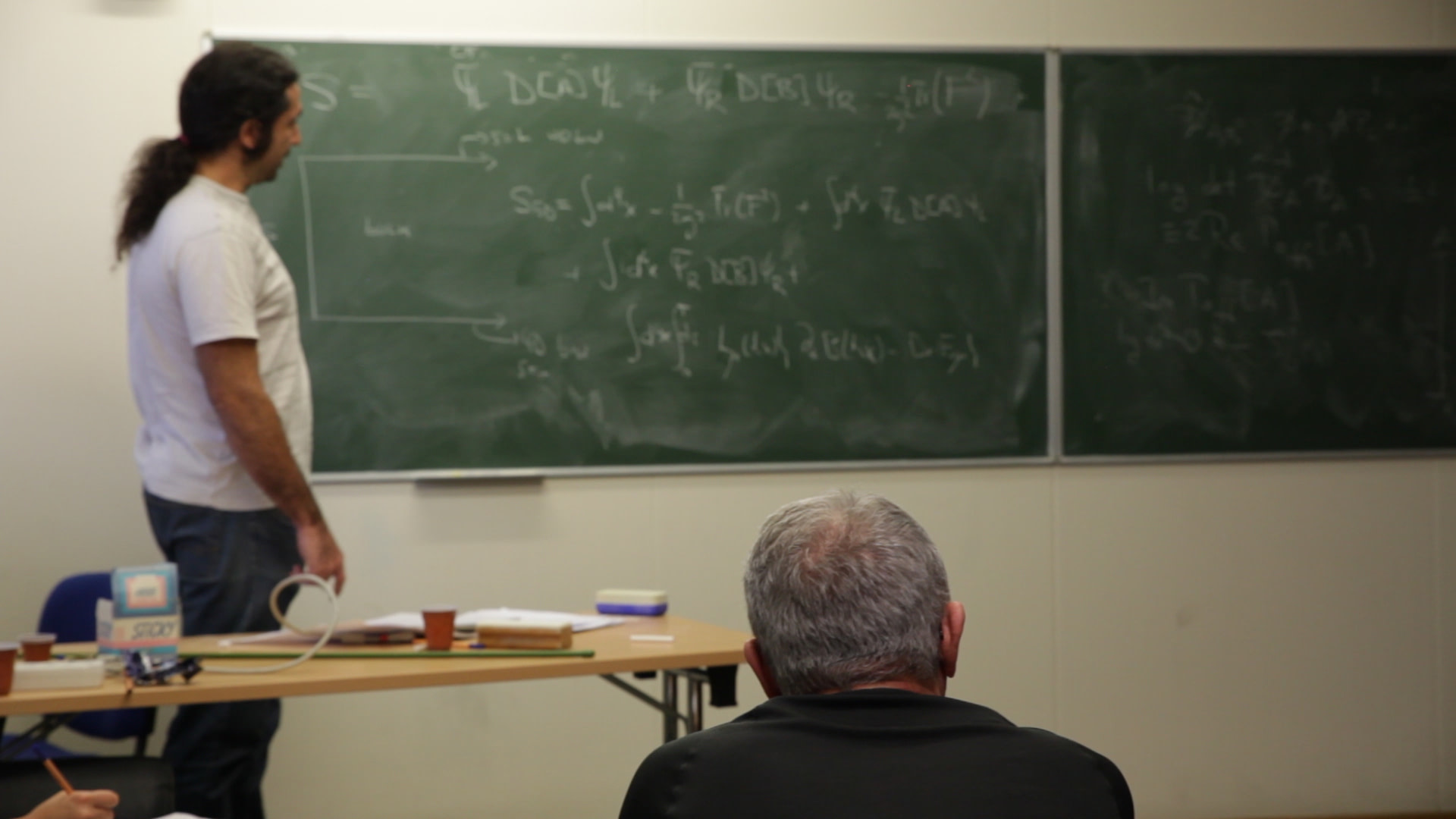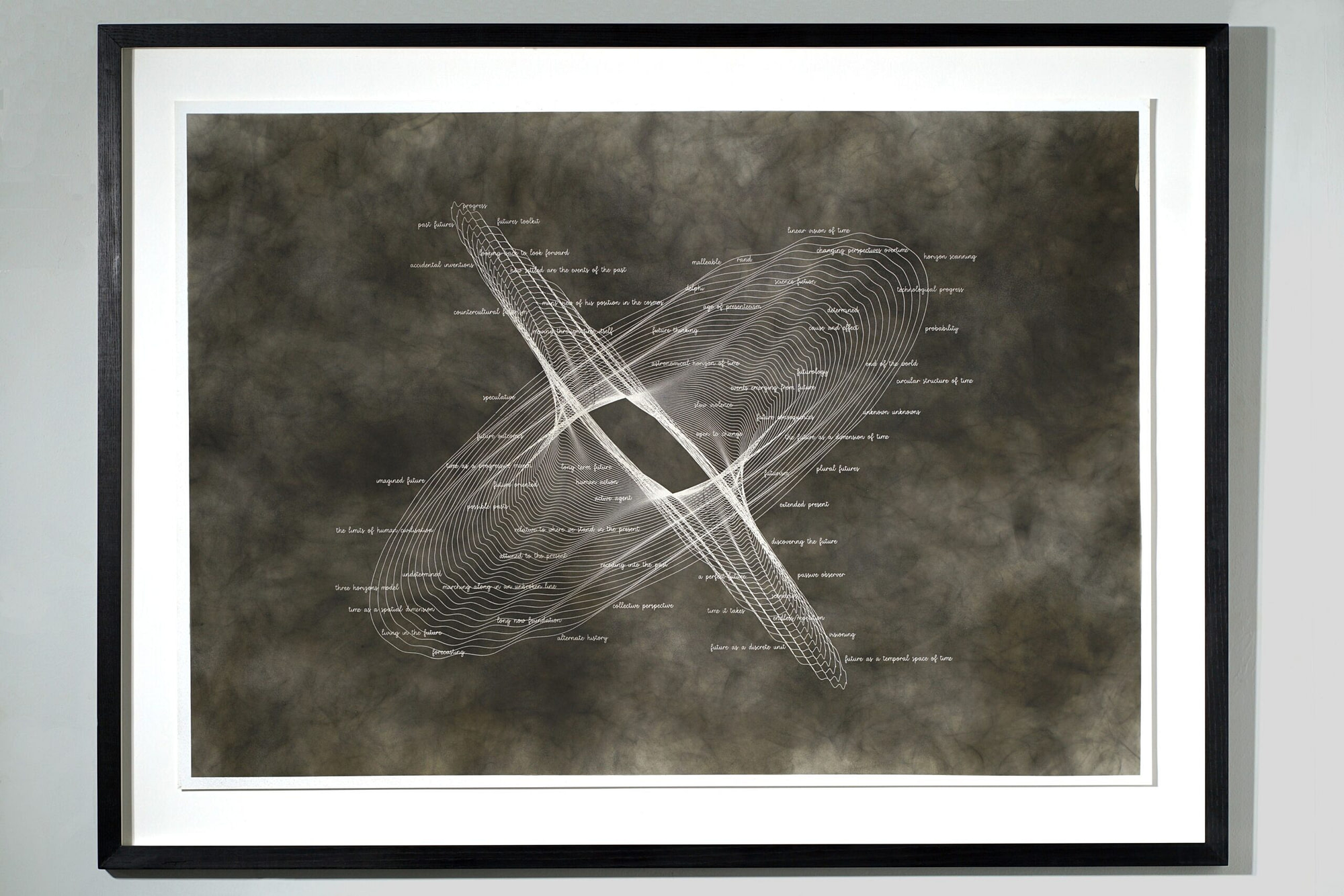
2023
A1 plotter drawings, custom programming, carbon
Future Thinking Manifolds is a series of multi-dimensional drawings created using programming, carbonated card and a computer plotter, exploring the ways in which humankind seeks to position itself in relation to notions of time and attempts to envisage the future.
Taking the UK Government Office for Science ‘The Future’s Toolkit’ as a starting point – a set of techniques which have been employed to enable policy makers to effectively think about the future – words or phrases relating to time and the future from psychology, physics, government research, science fiction, and the artists’ own reflections, populate a set of pseudo-scientific diagrams.
Each term on the diagram appears on its own plane, with no one concept privileged over another. Freed from their contexts and notions of value they invite a process of inquiry, whereby words and phrases can be weighed up against each other, and new narratives formed or existing ones unpicked. They suggest knowledge which is in flux and open to interpretation.
Through the act of hand-picking their reference points from a variety of disciplines and systems of knowledge-making, Semiconductor emphasise the subjective nature of the gathering and editing process, raising questions around whose voice is heard and who is best placed to imagine potential futures.
By using Calabi-Yau Manifold geometries depicting possible extra-dimensions, Semiconductor propose an expansion on our everyday experiences of time and space, reflecting research’s suggested importance of the human capacity for abstract thought when thinking about temporally distant futures.
Created through a placement at the UK Government Office for Science, within the future thinking team (Futures, Foresight and Emerging Technologies) as part of the MANIFEST programme.
Reference List:
The Futures Toolkit, Tools for Futures Thinking and Foresight Across UK Government, Government Office for Science, Edition 1.0, November 2017
The Future: RAND, Brand and Dangerous to Know
Beck, J. 2016. The Future: RAND, Brand and Dangerous to Know. in: Beck, J. and Bishop, R. (ed.) Cold War Legacies: Systems, Theory, Aesthetics. Edinburgh University Press. pp. 35-49
The Psychology Of Thinking About The Future: Edited by Ganriele Oettingen, A, Timur Sevincer, and Peter M. Gollwitzer, The Guilford Press
The Ezra Klein Show – New York Times Opinion, podcast, Why Sci-Fi Legend Ted Chiang Fears Capitalism, Not A.I. : Podcast, December 2021
Professor Danielle Faccio, Professor in Quantum Technologies, Royal Academy of Engineering Chair in Emerging Technologies, Leader of the Extreme Light Group and Director of Research for the School of Physics and Astronomy., University of Glasgow. In conversation with Semiconductor 2023
Dr Maria Chiara Braidotti: Research Associate in the School of Physics and Astronomy at the University of Glasgow. Extreme Light Group, University of Glasgow. In conversation with Semiconductor 2023
Semiconductor: Ruth Jarman and Joe Gerhardt in conversation July 2023.
